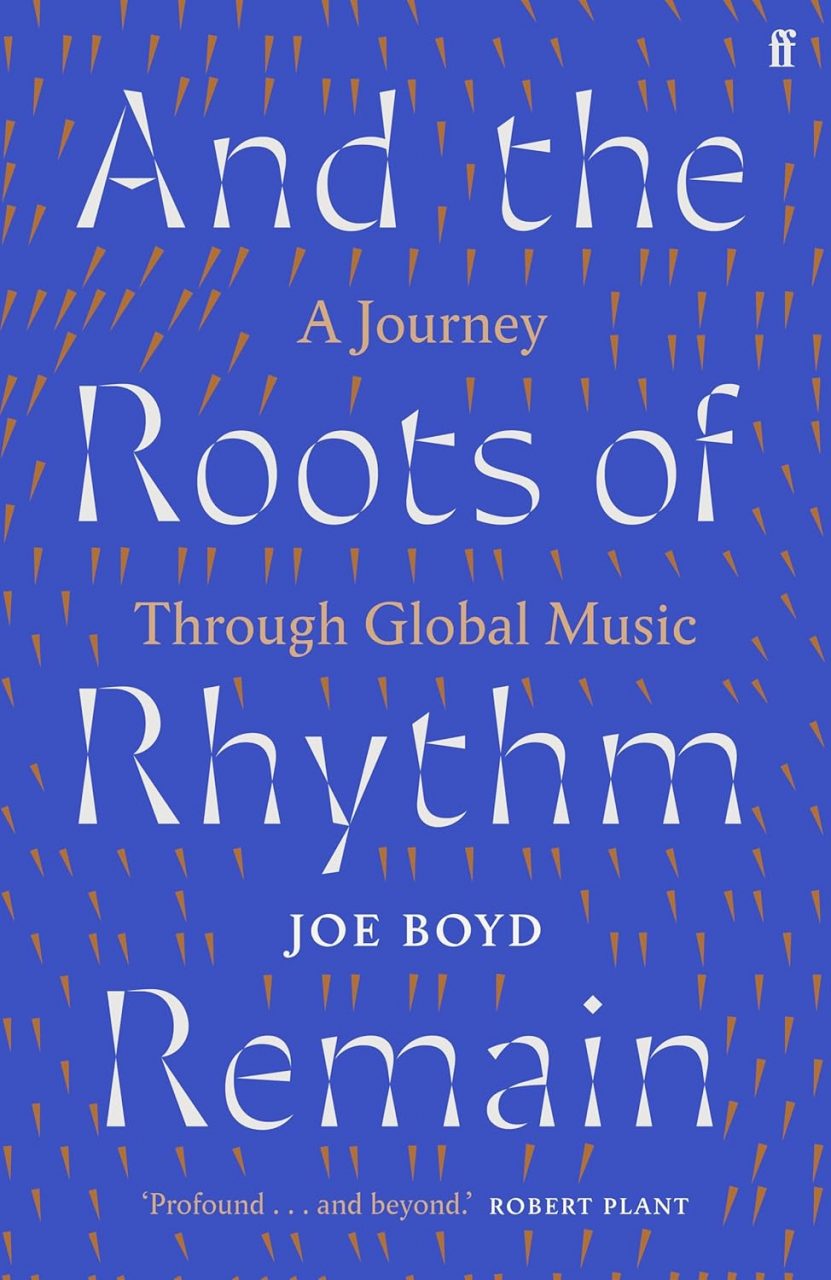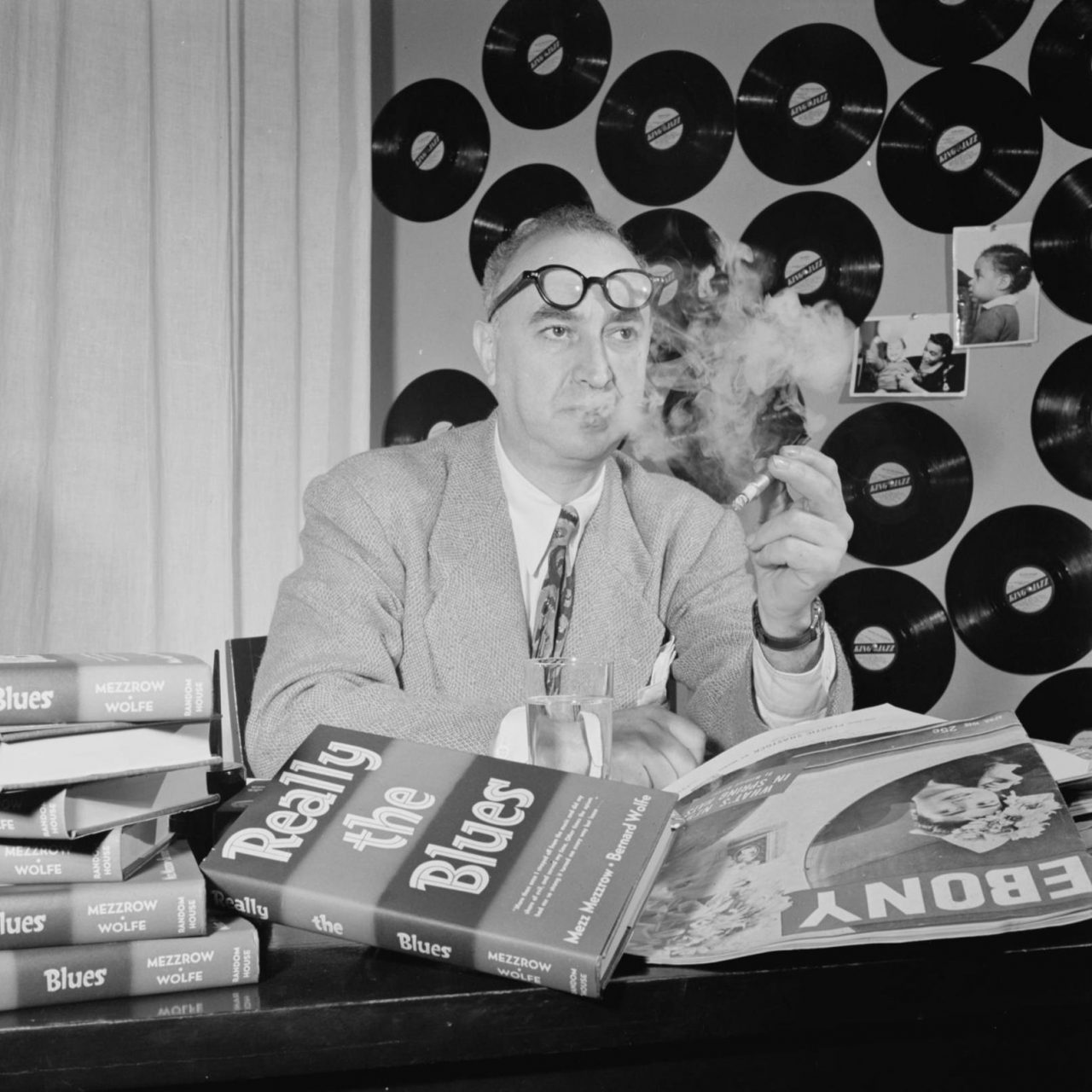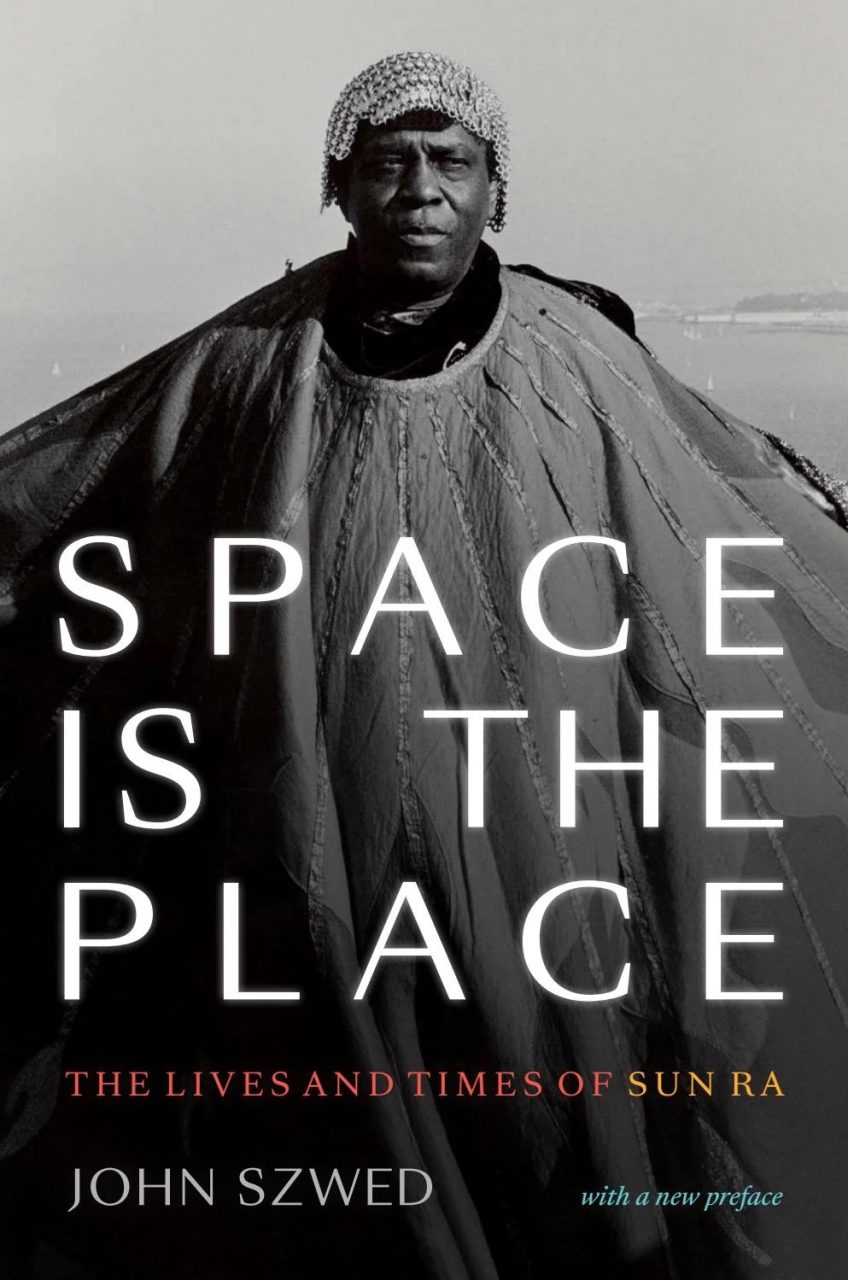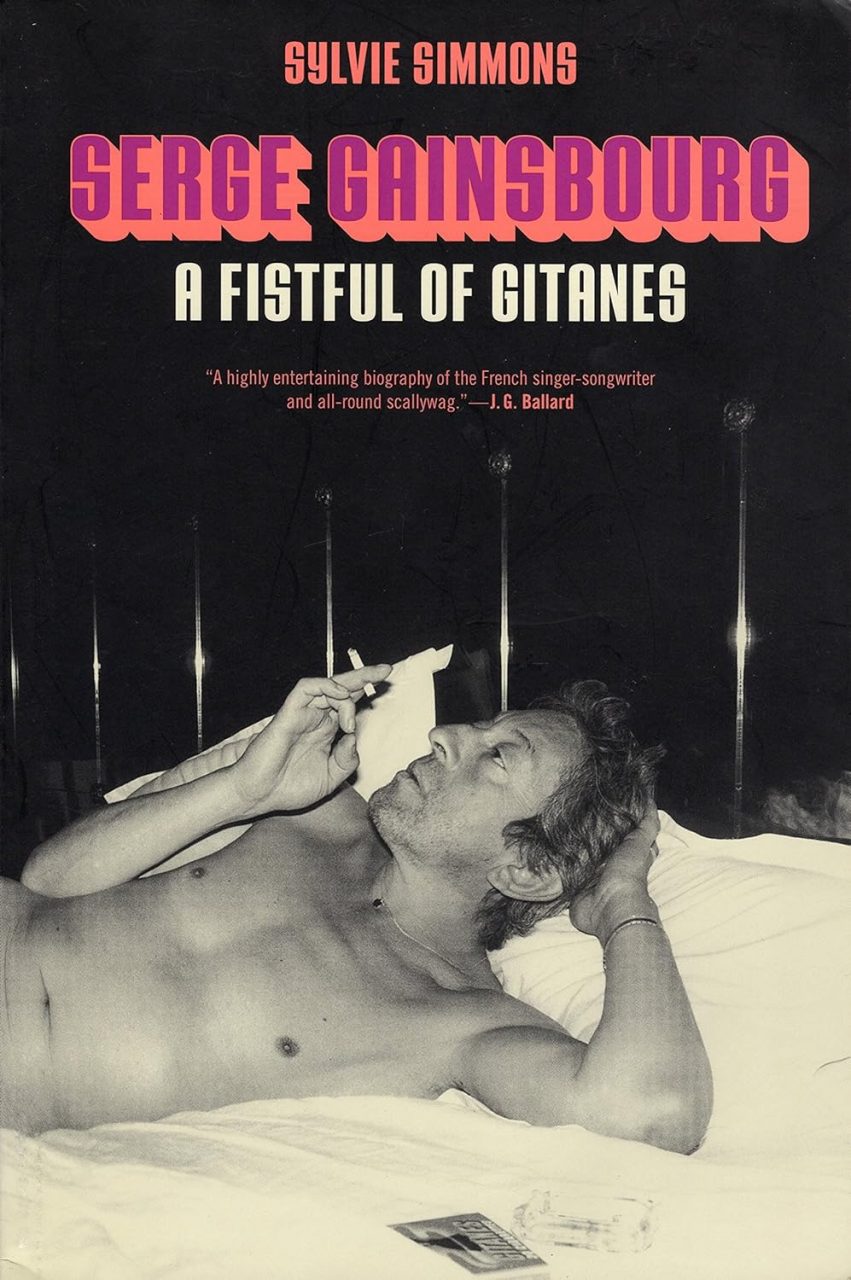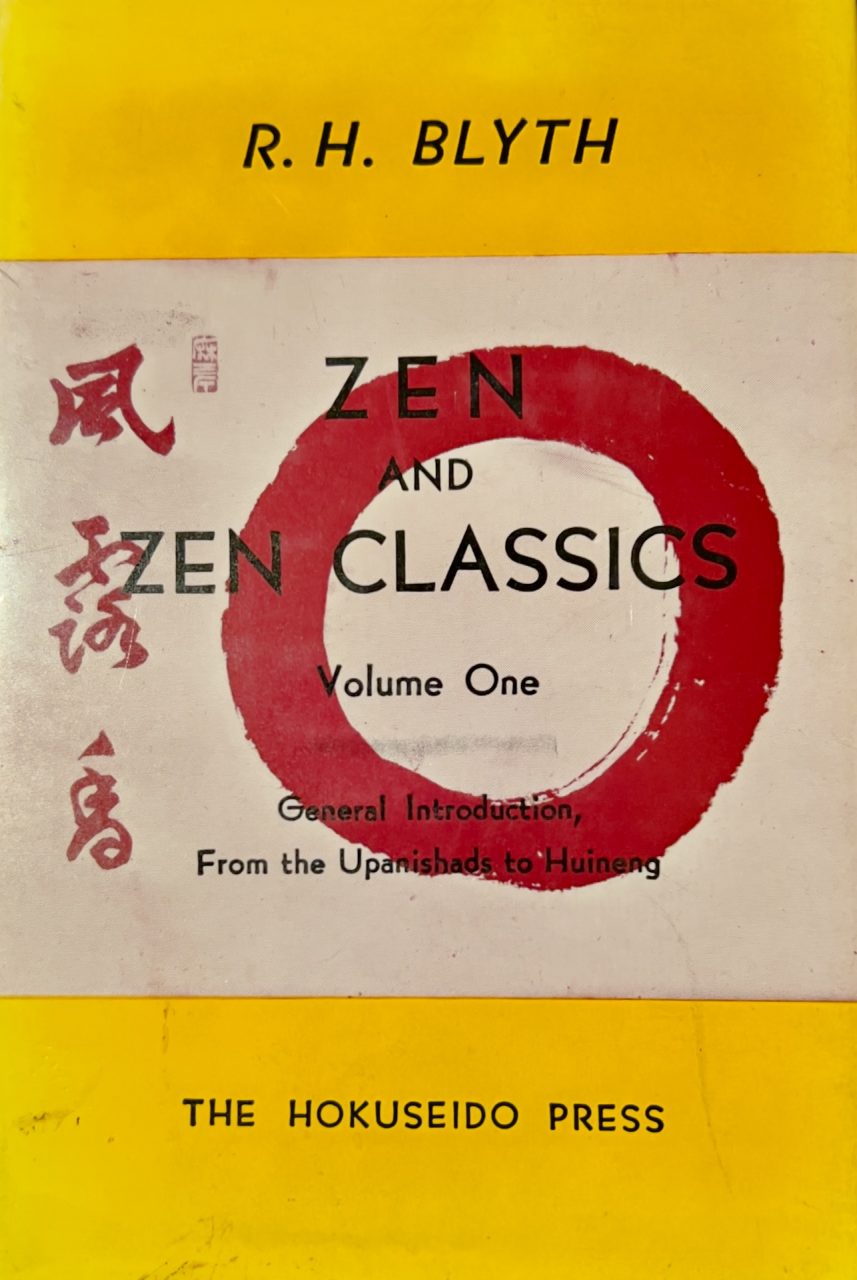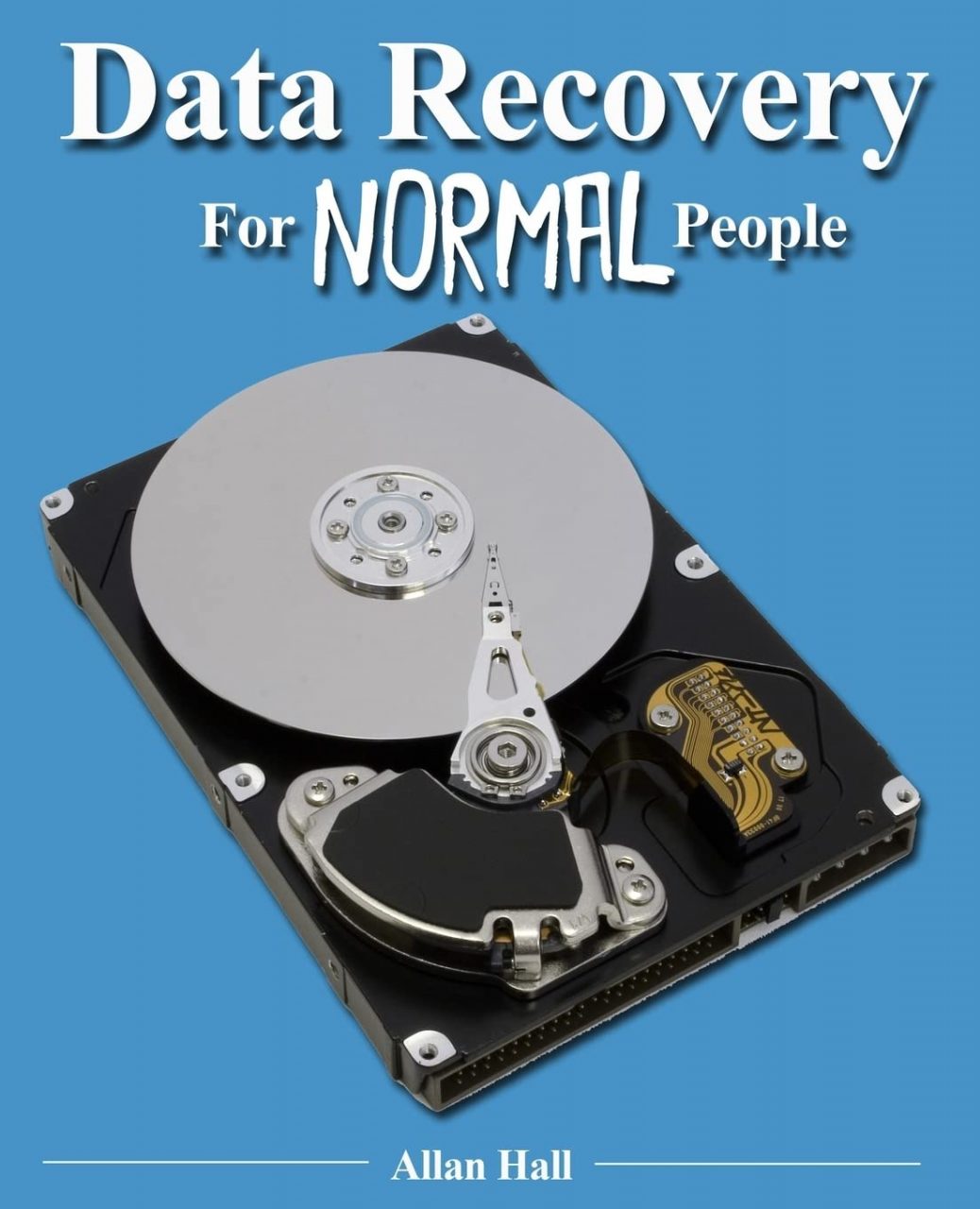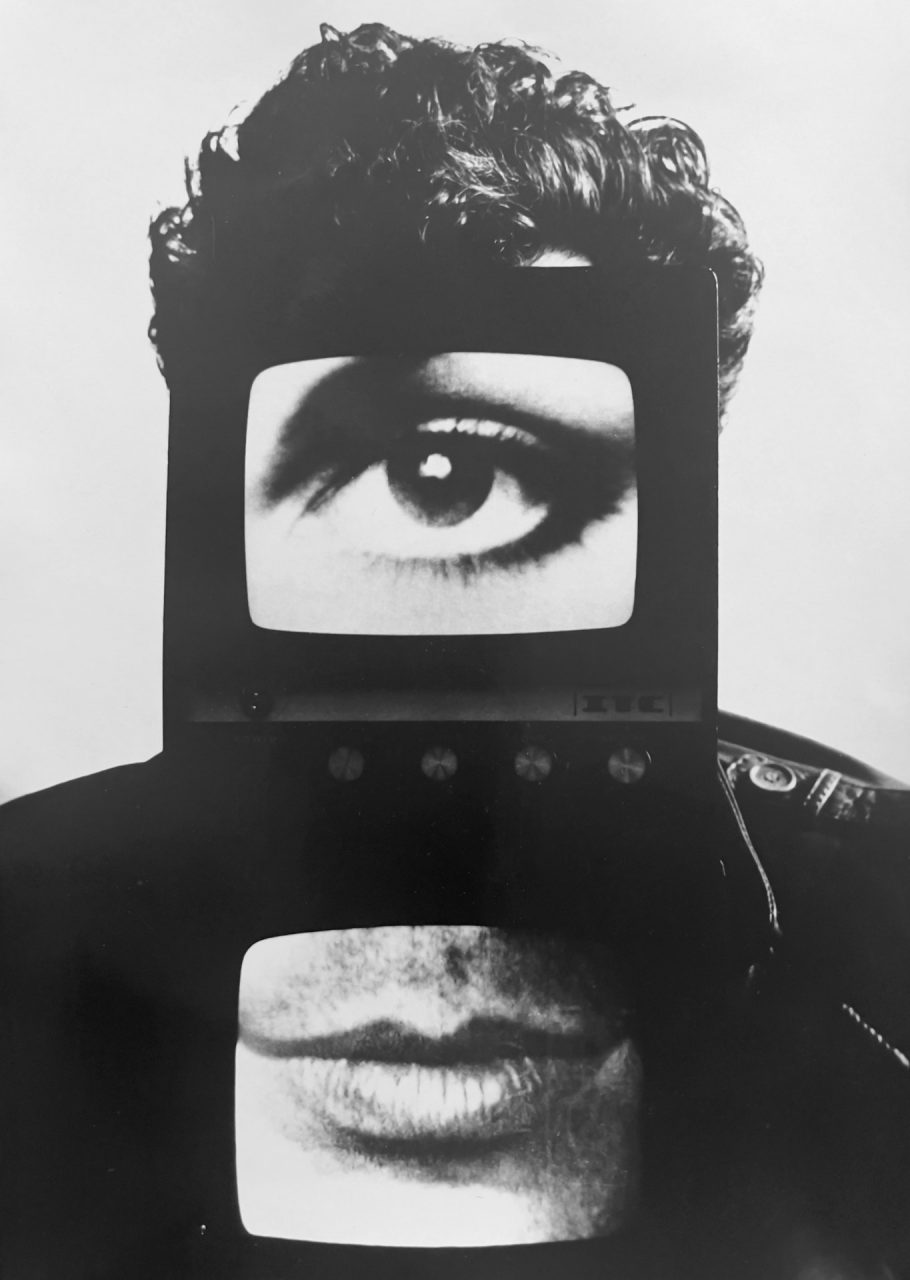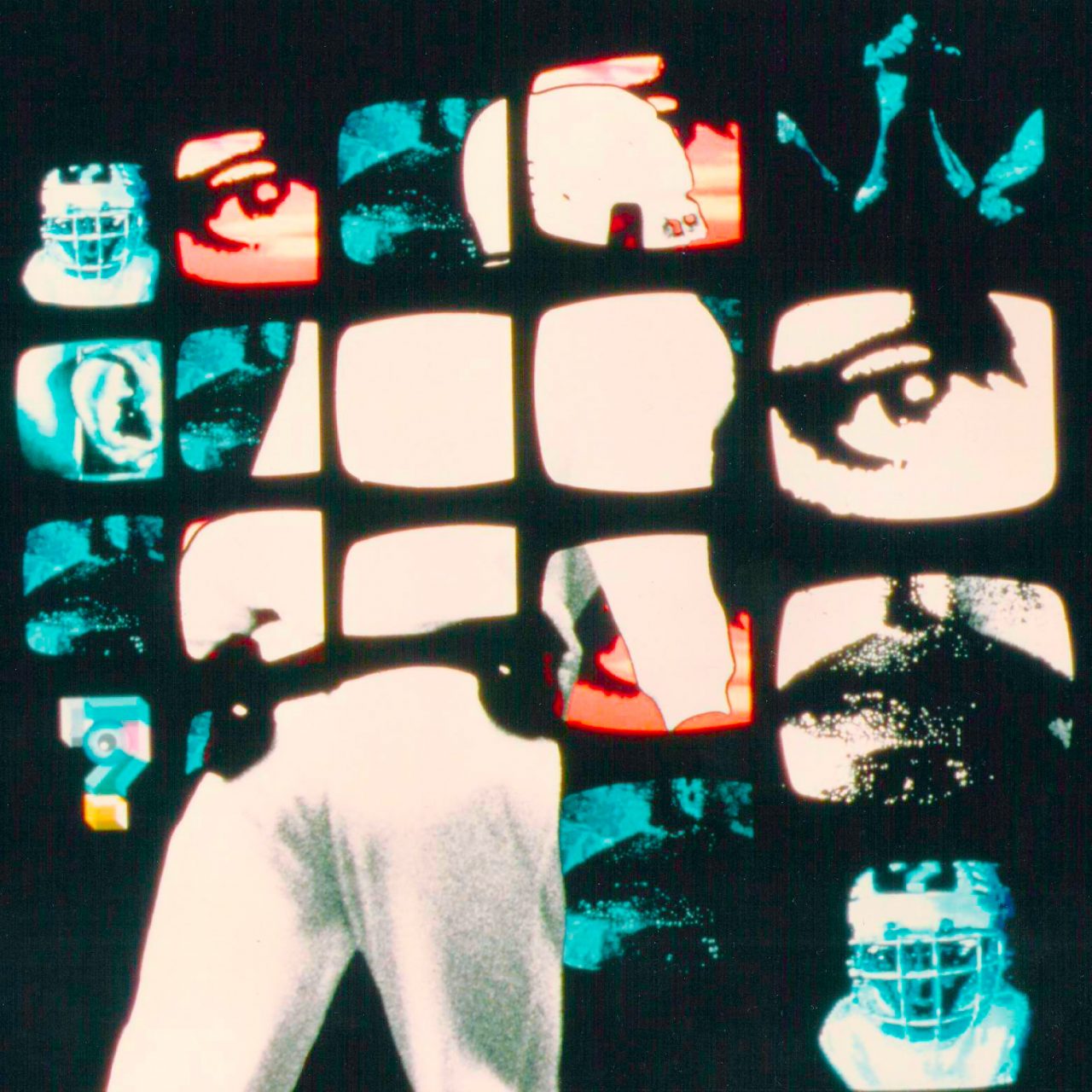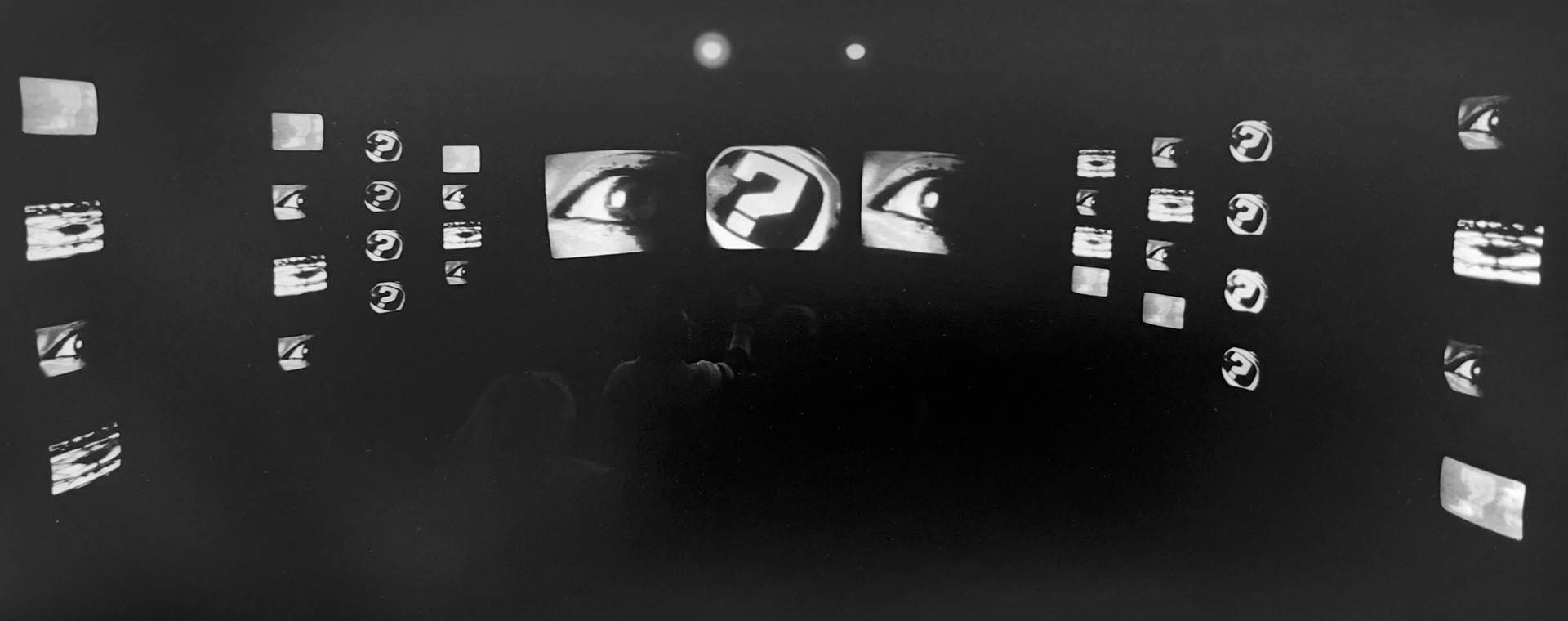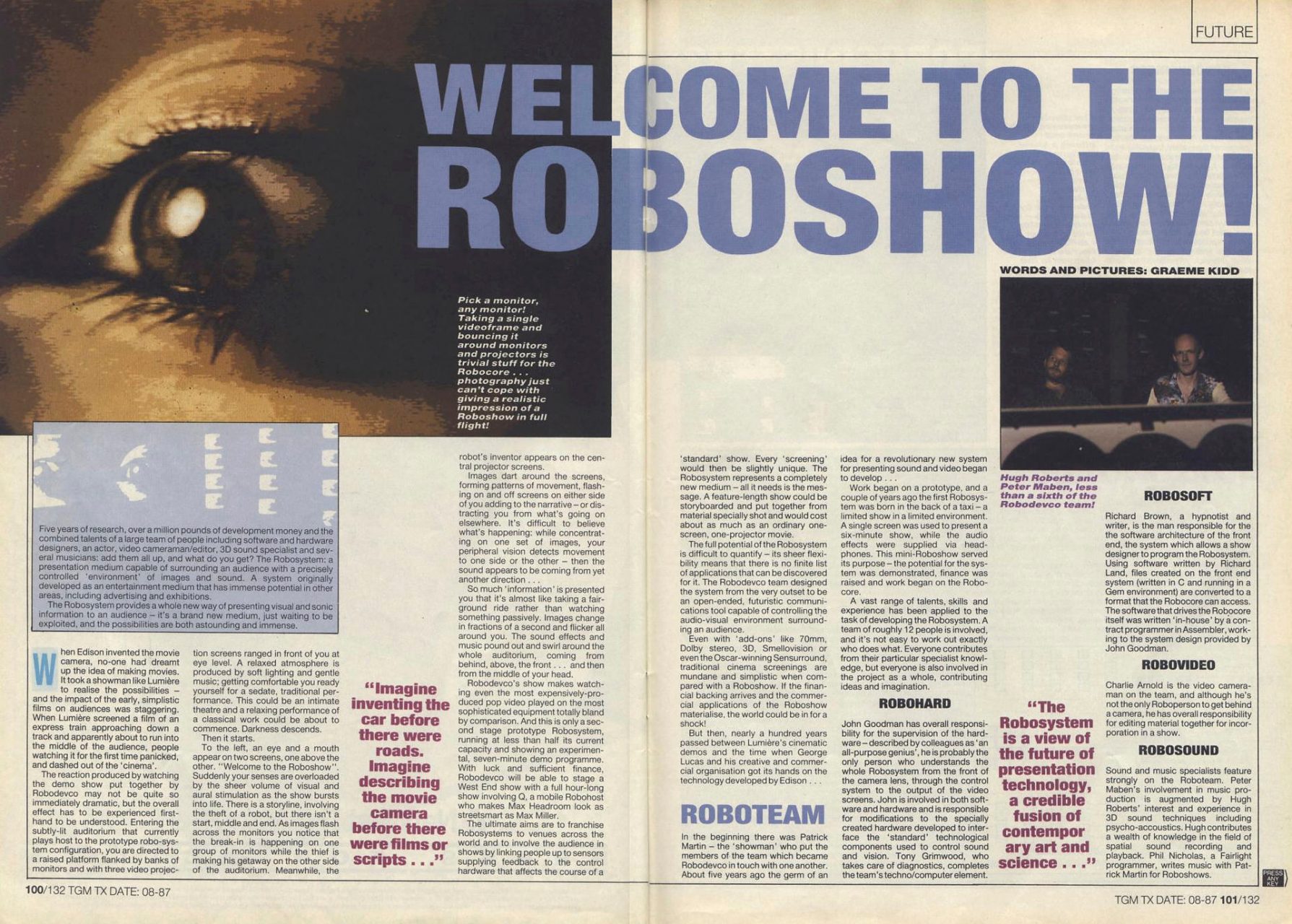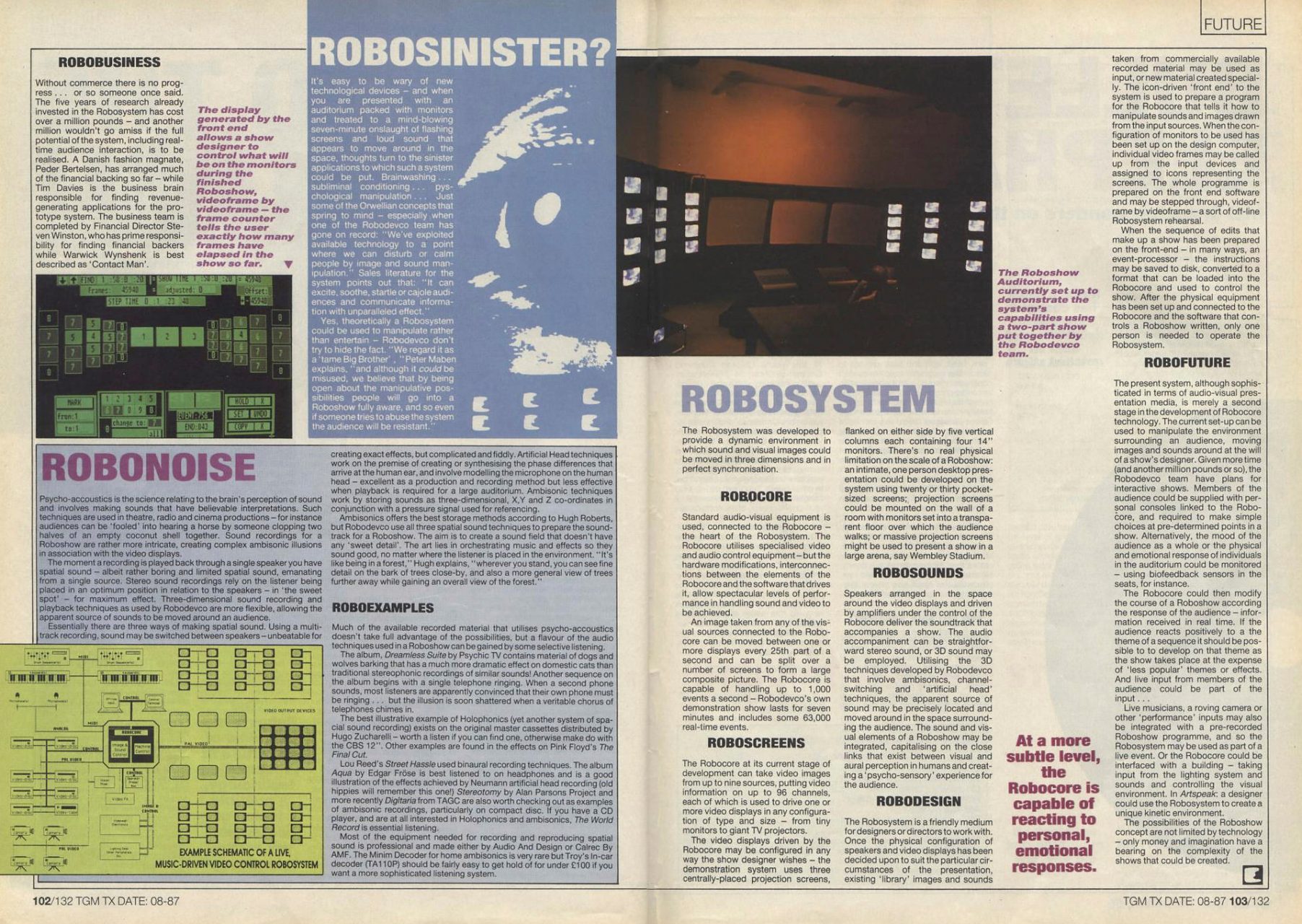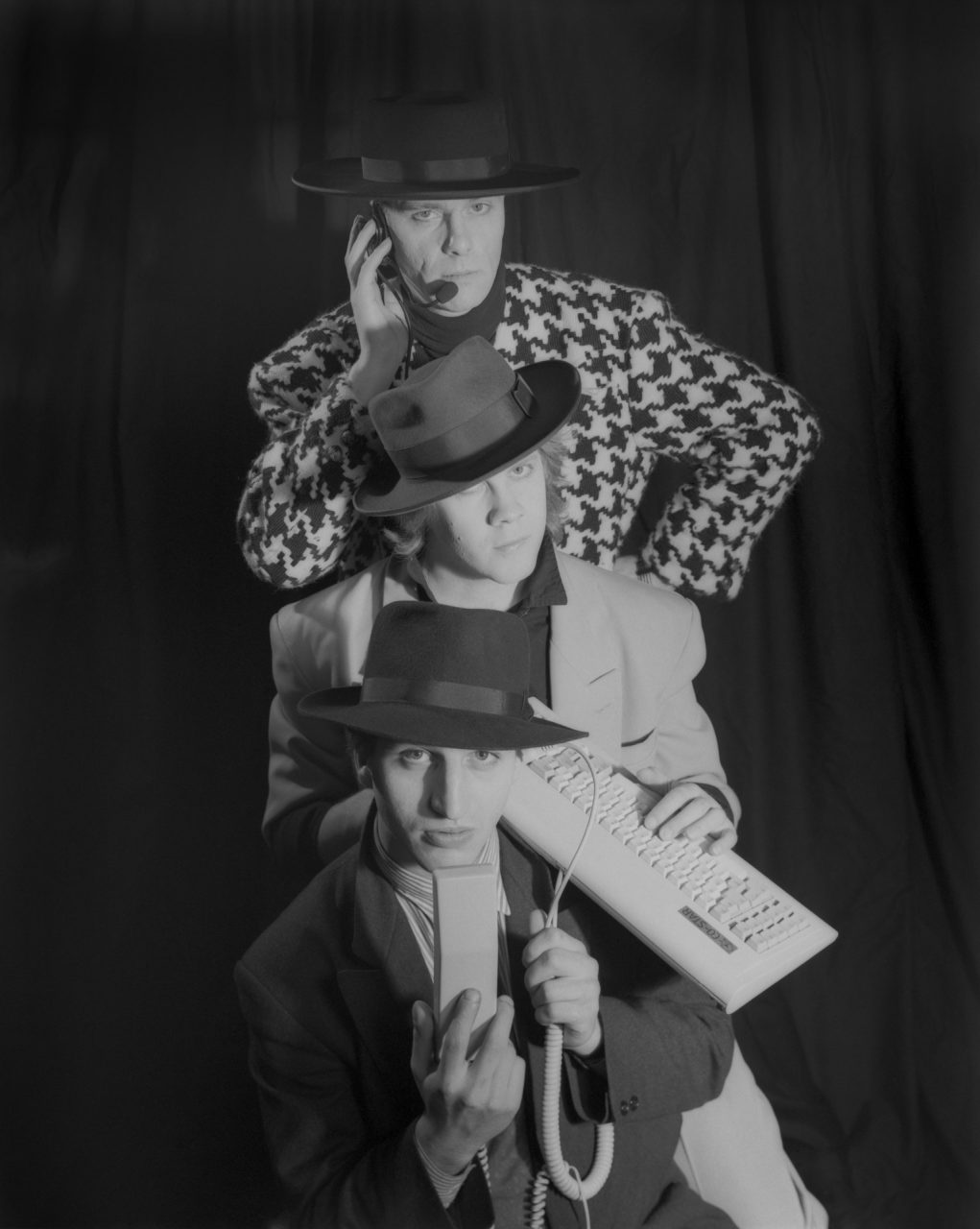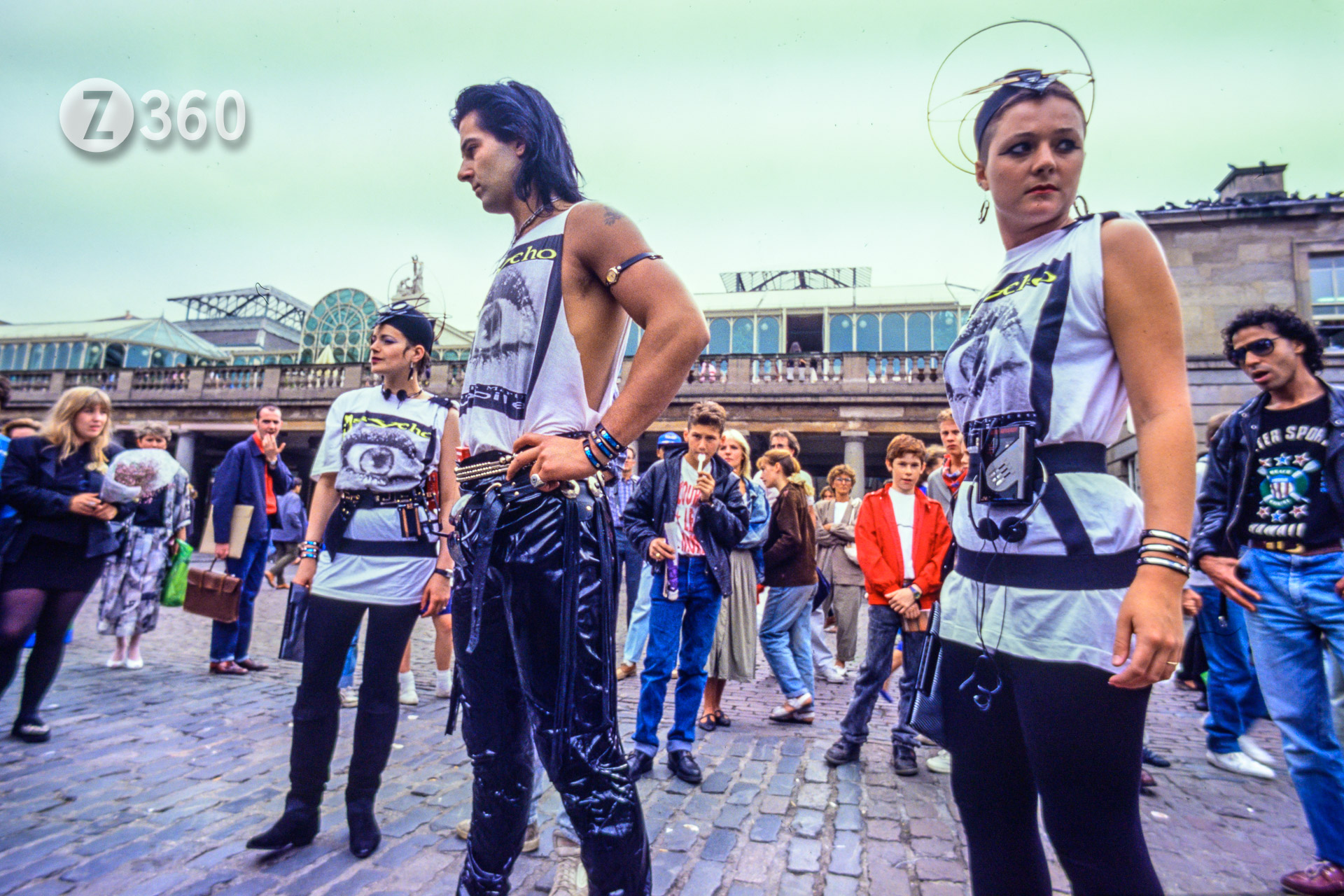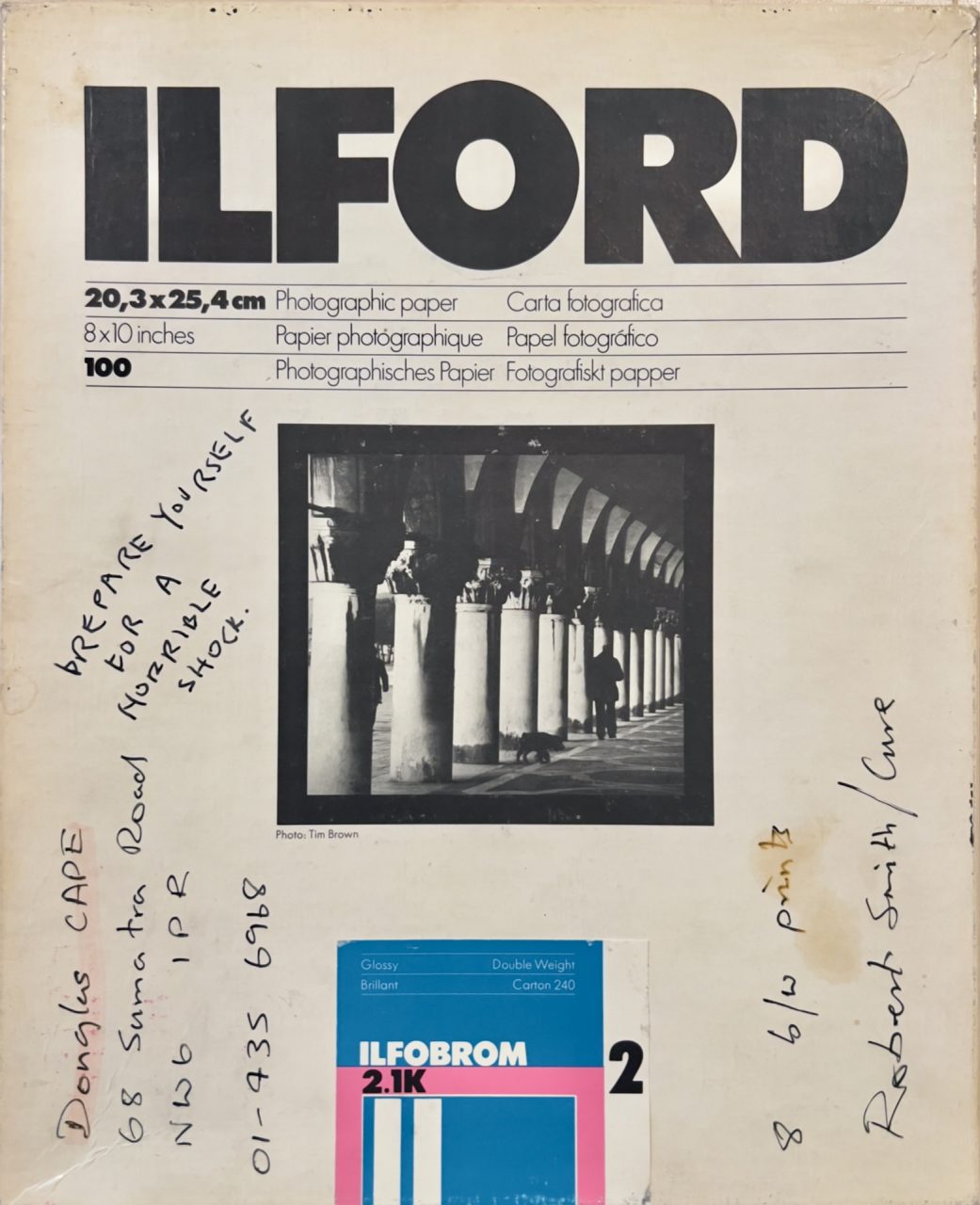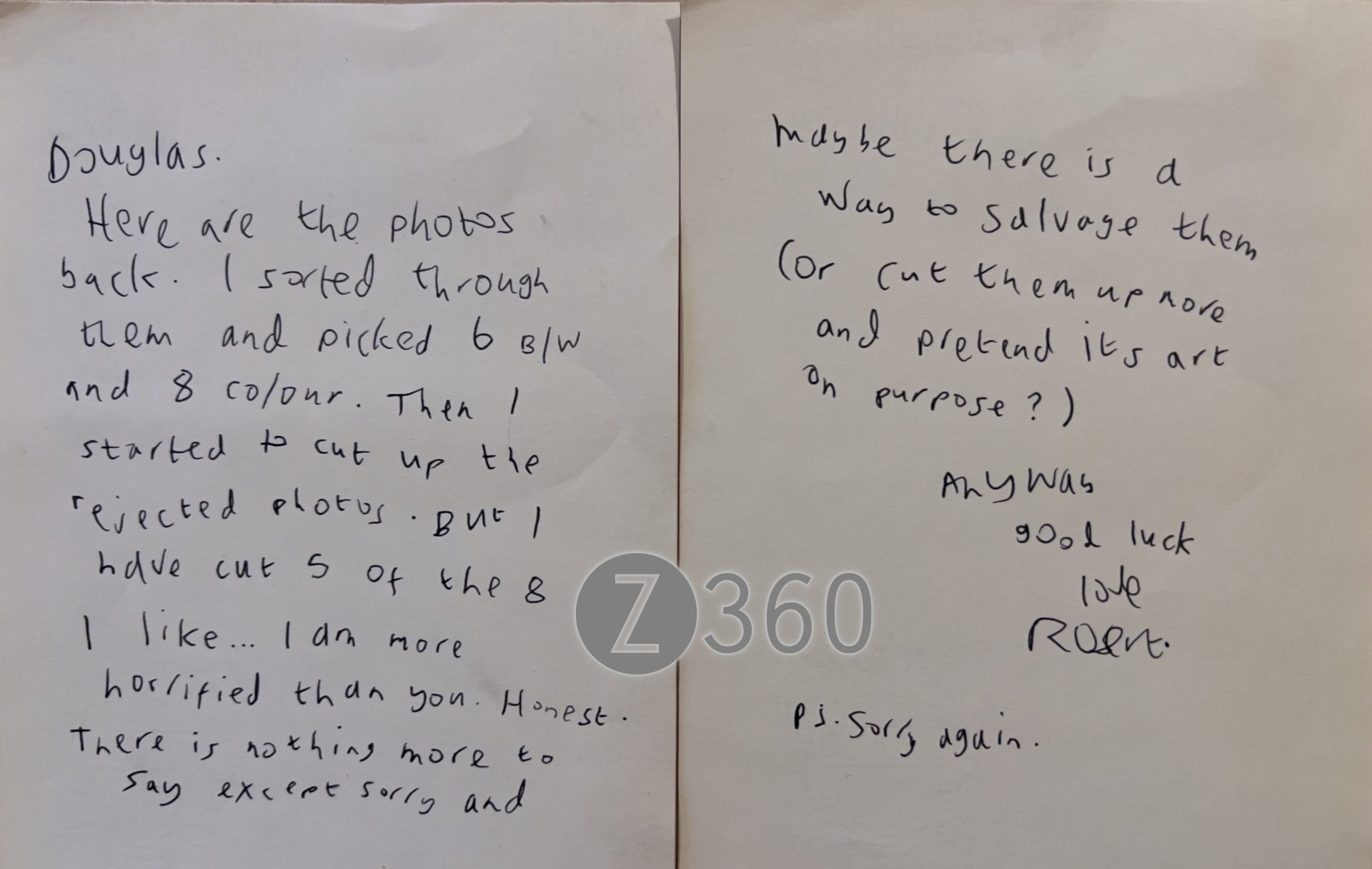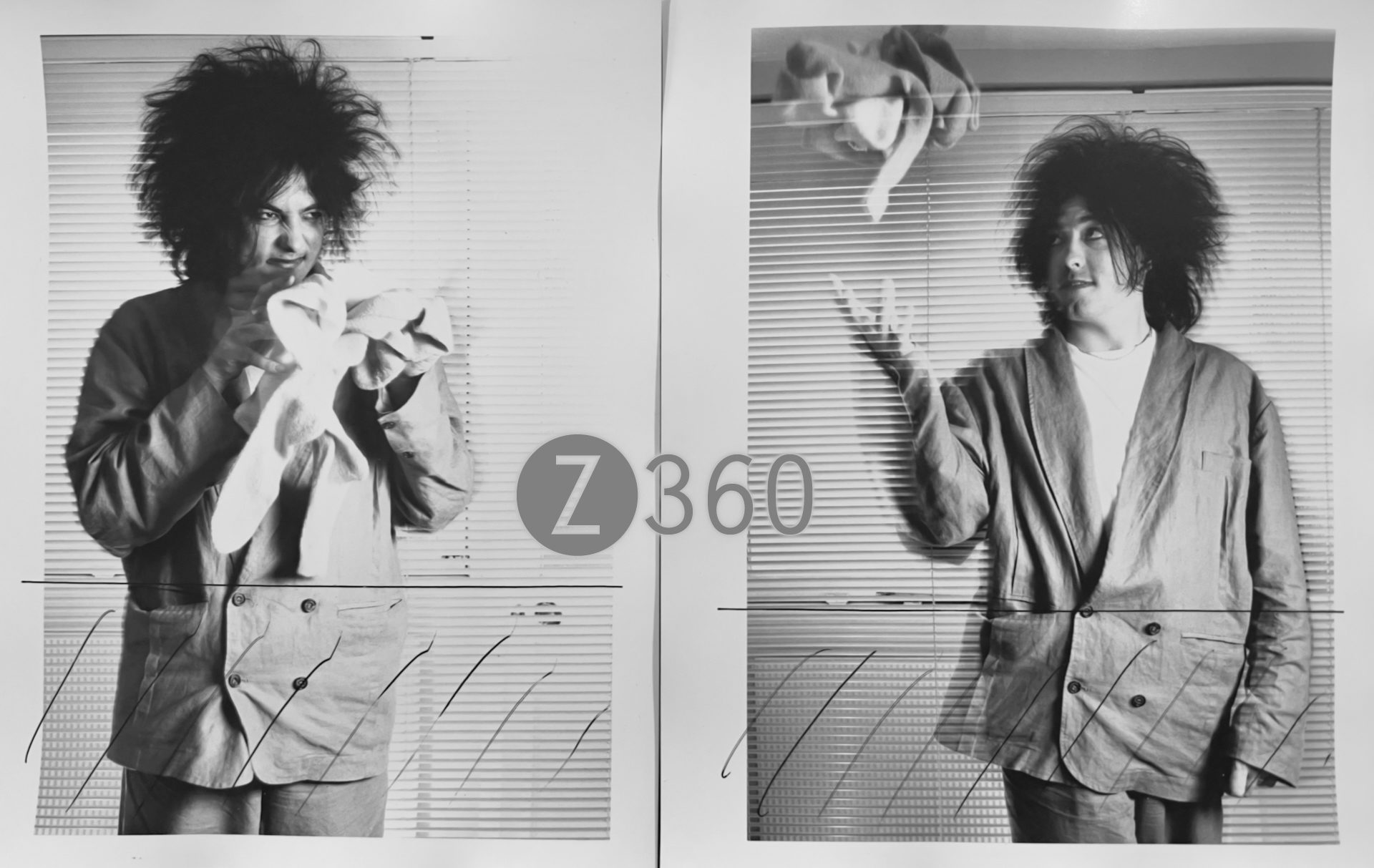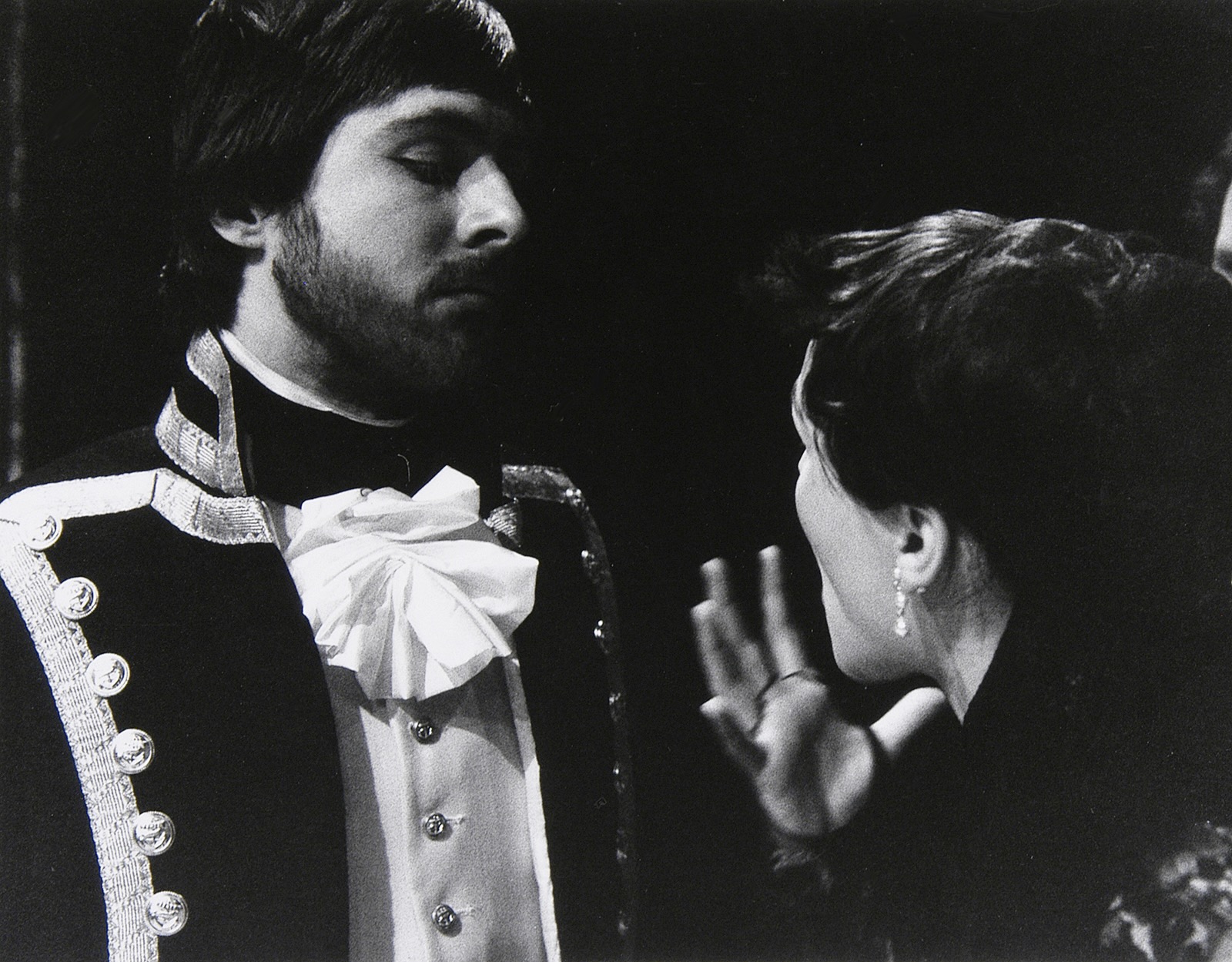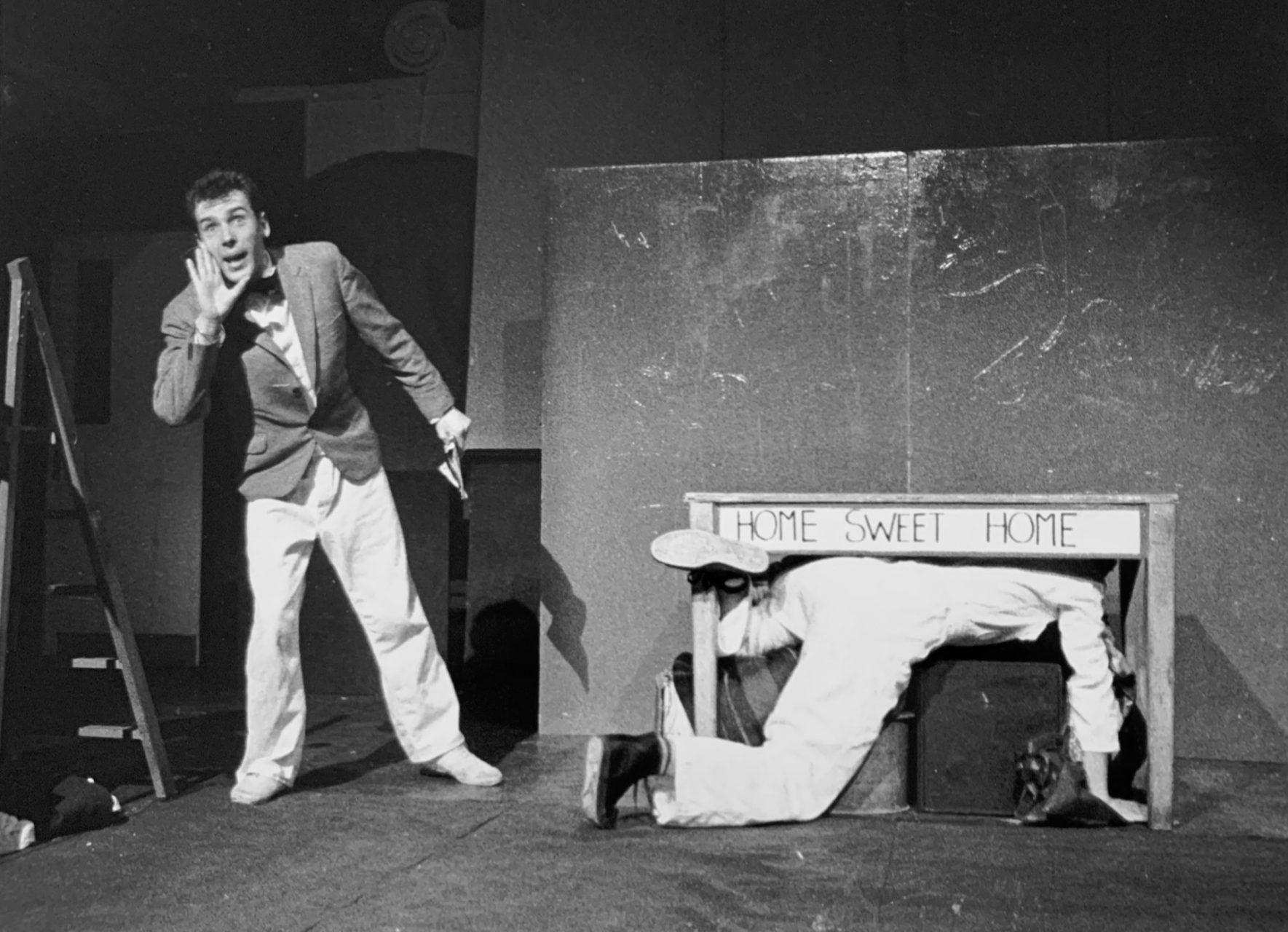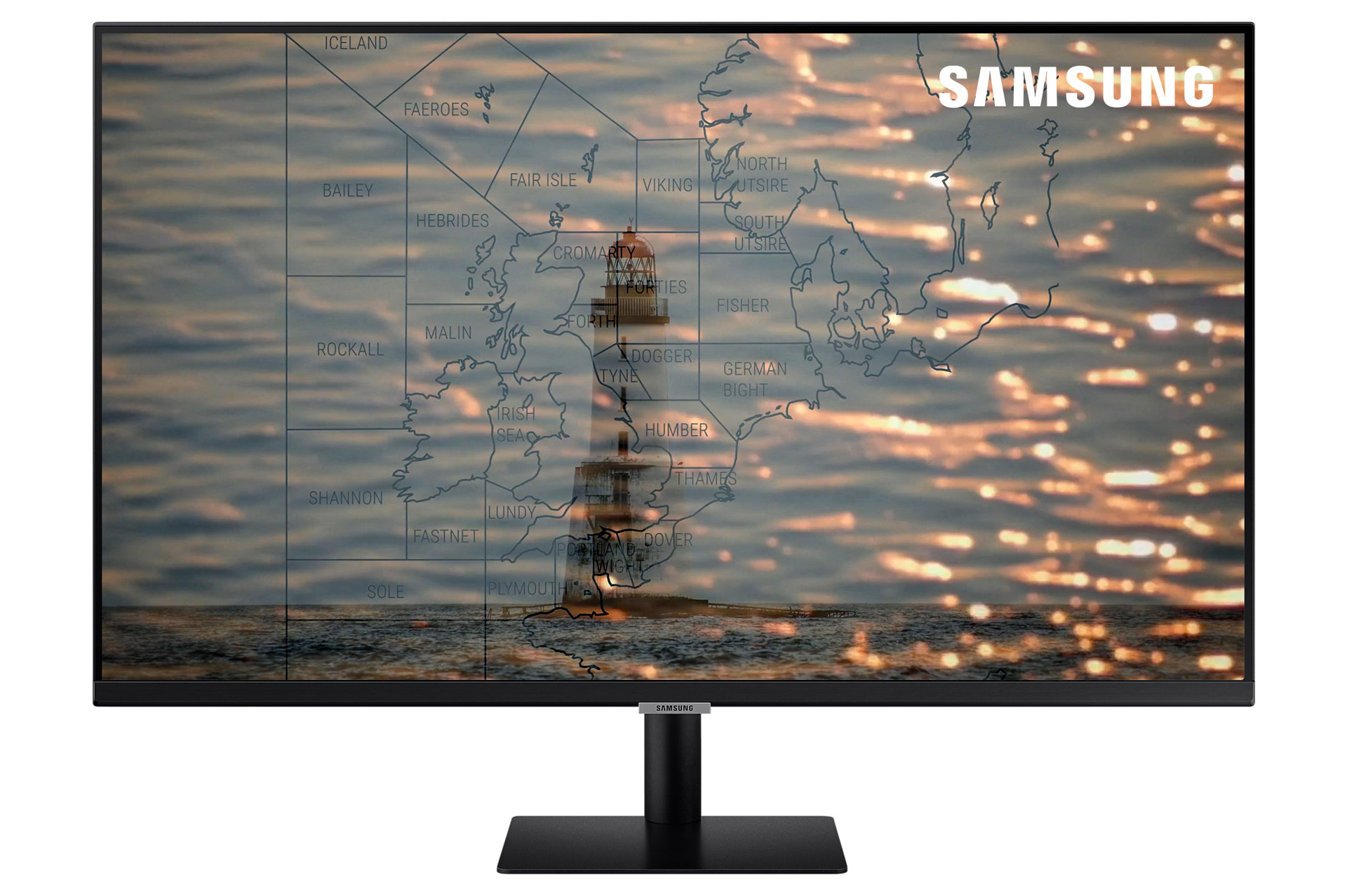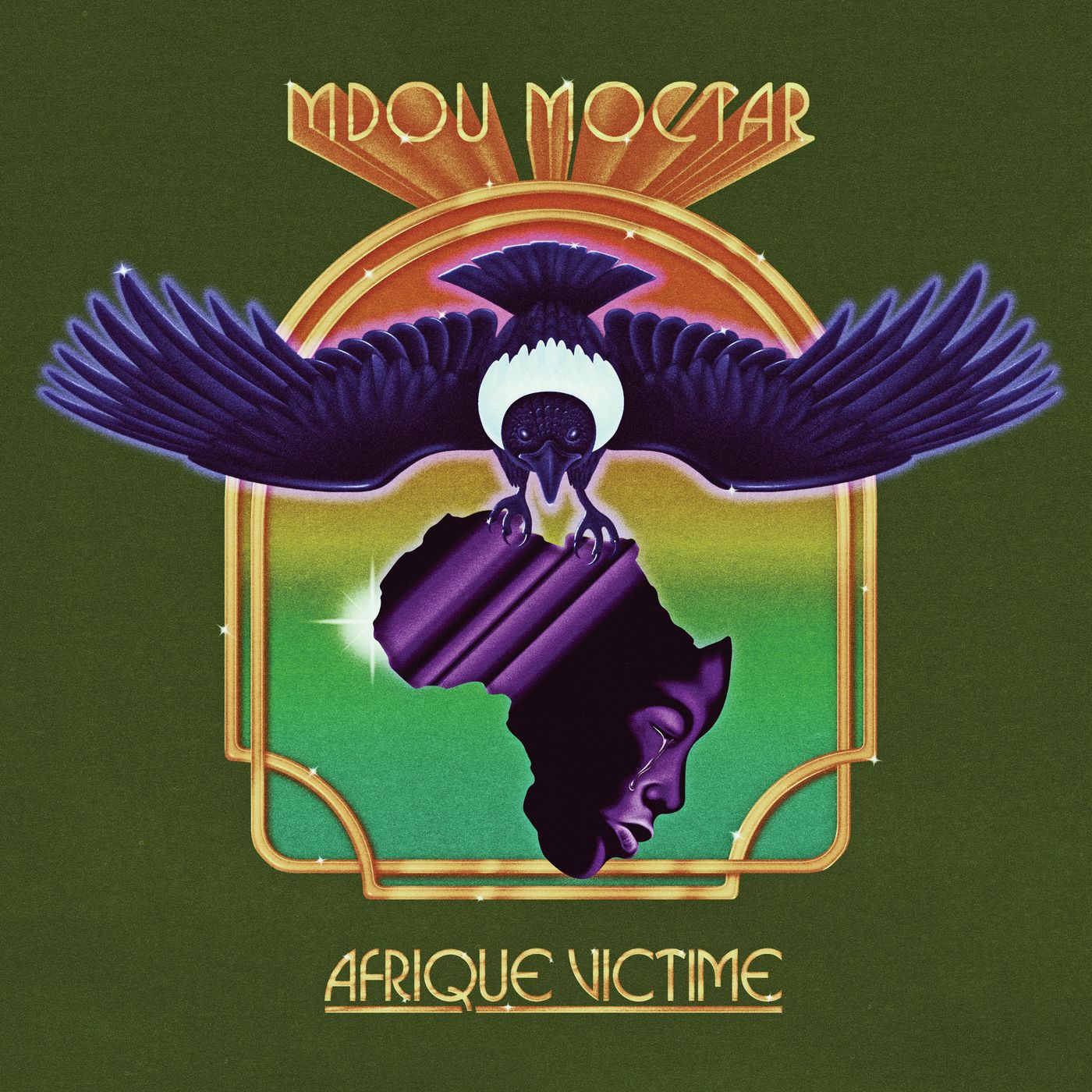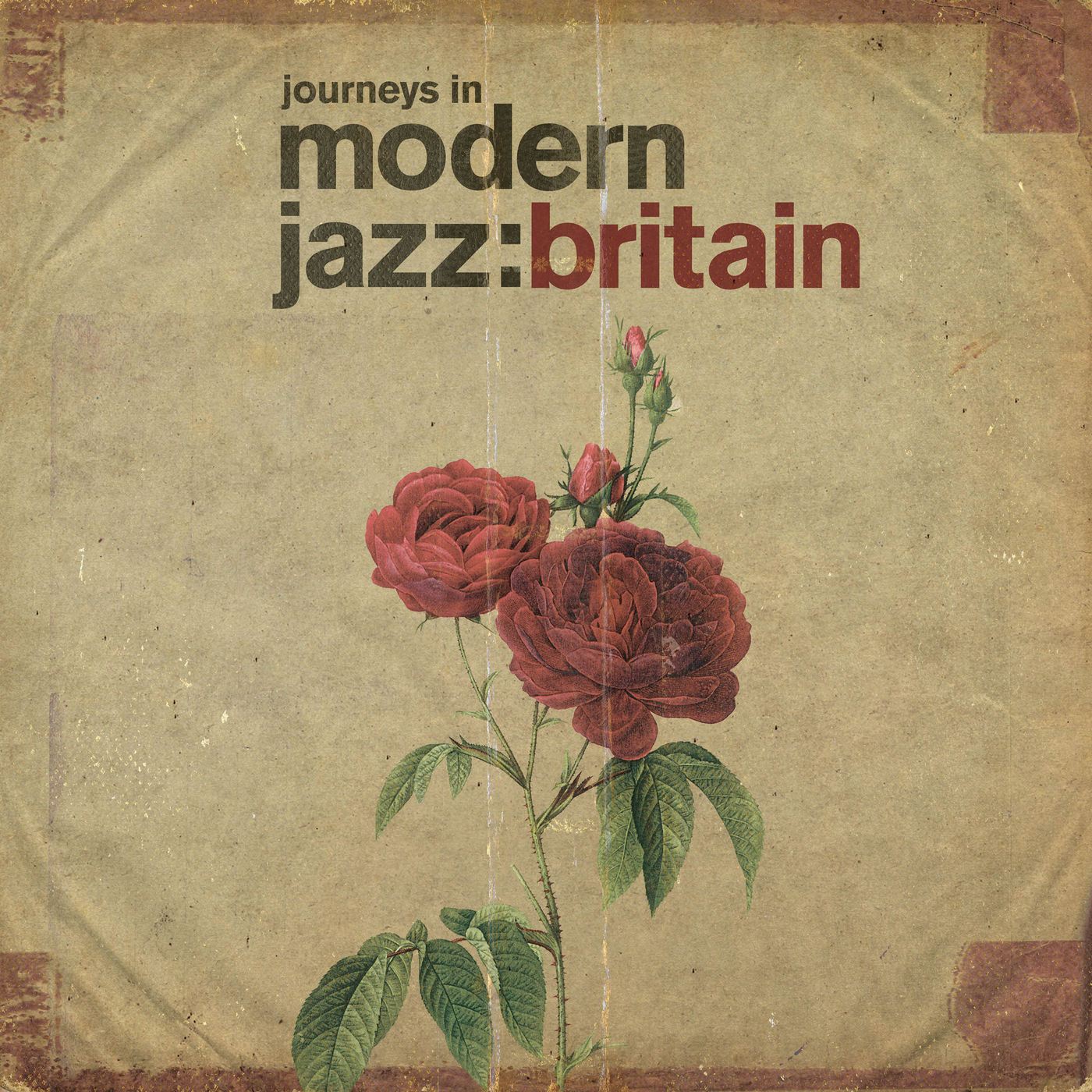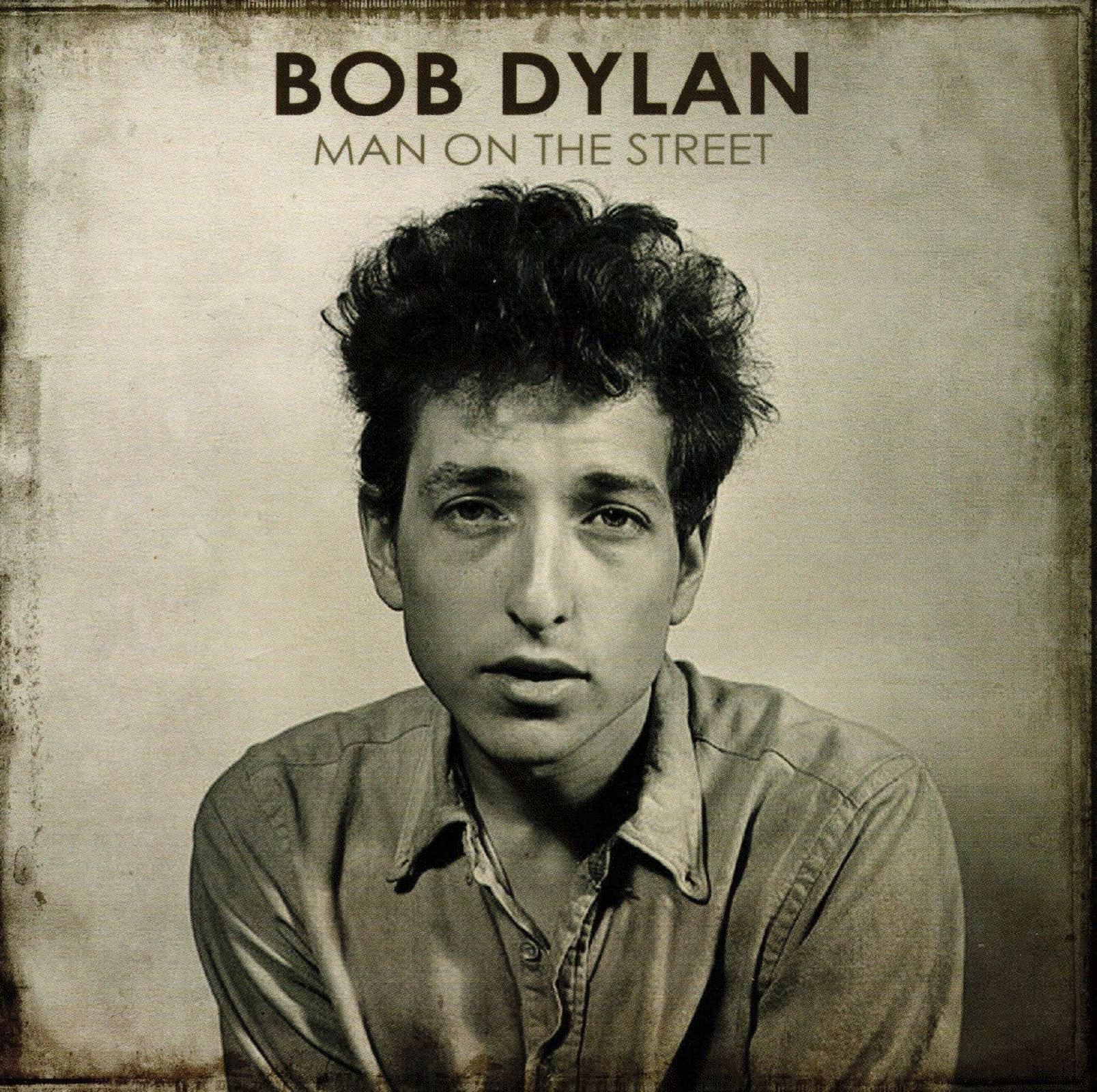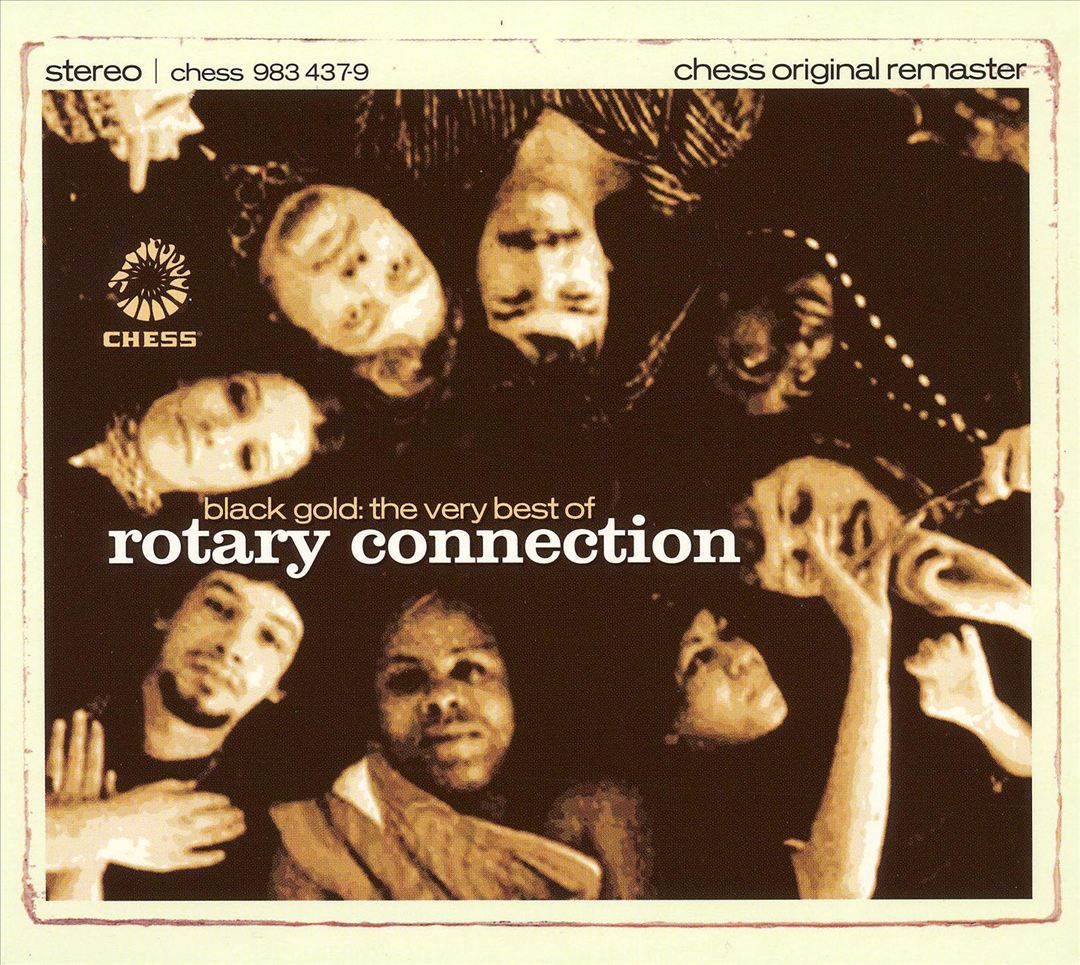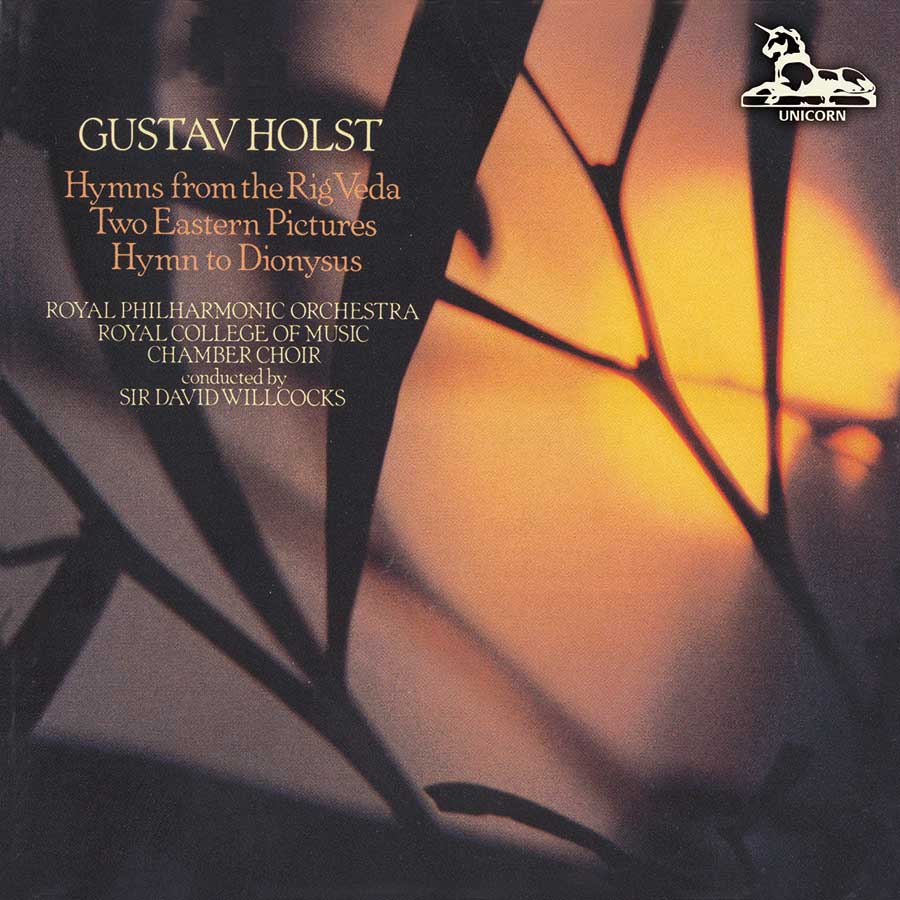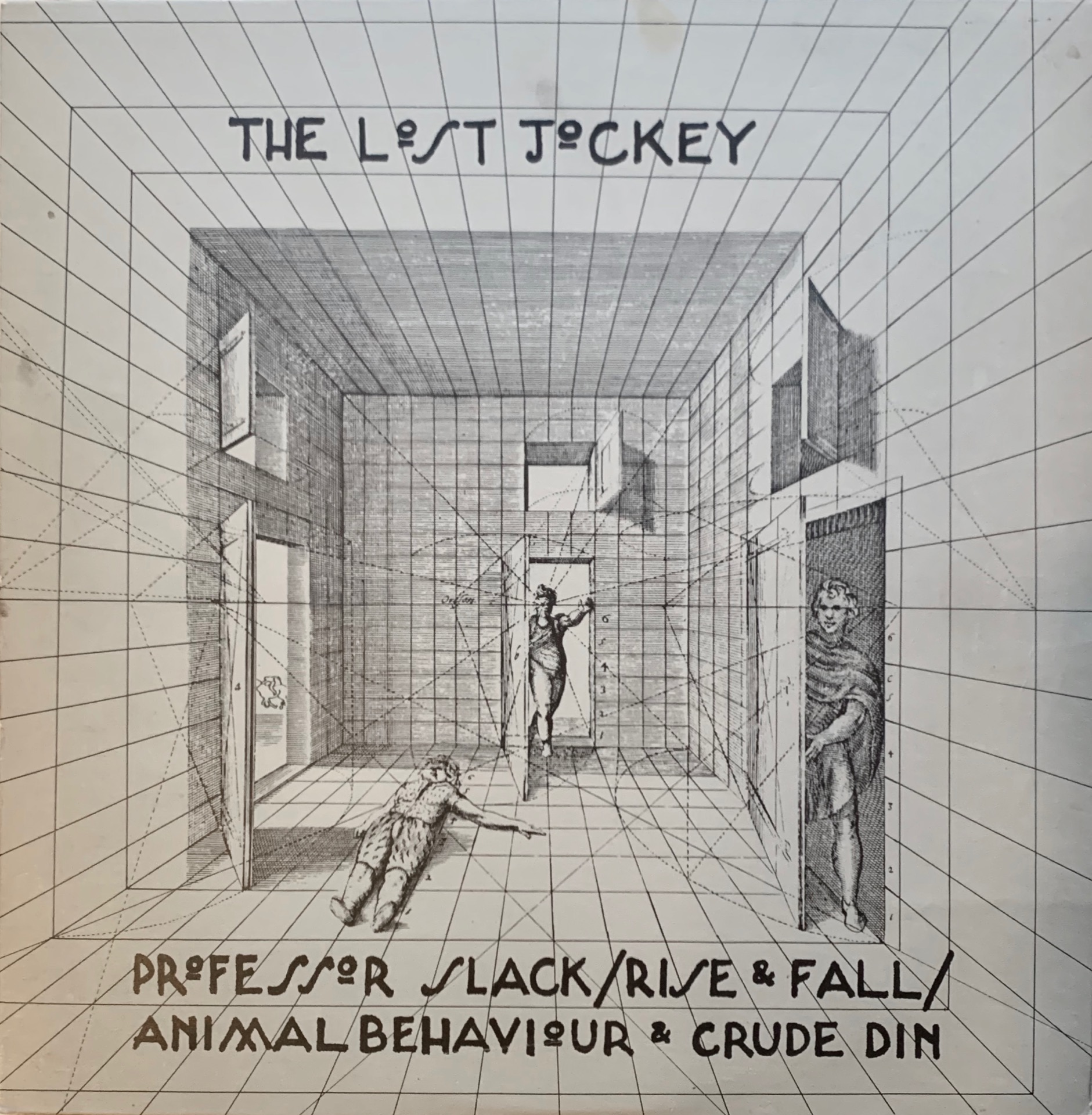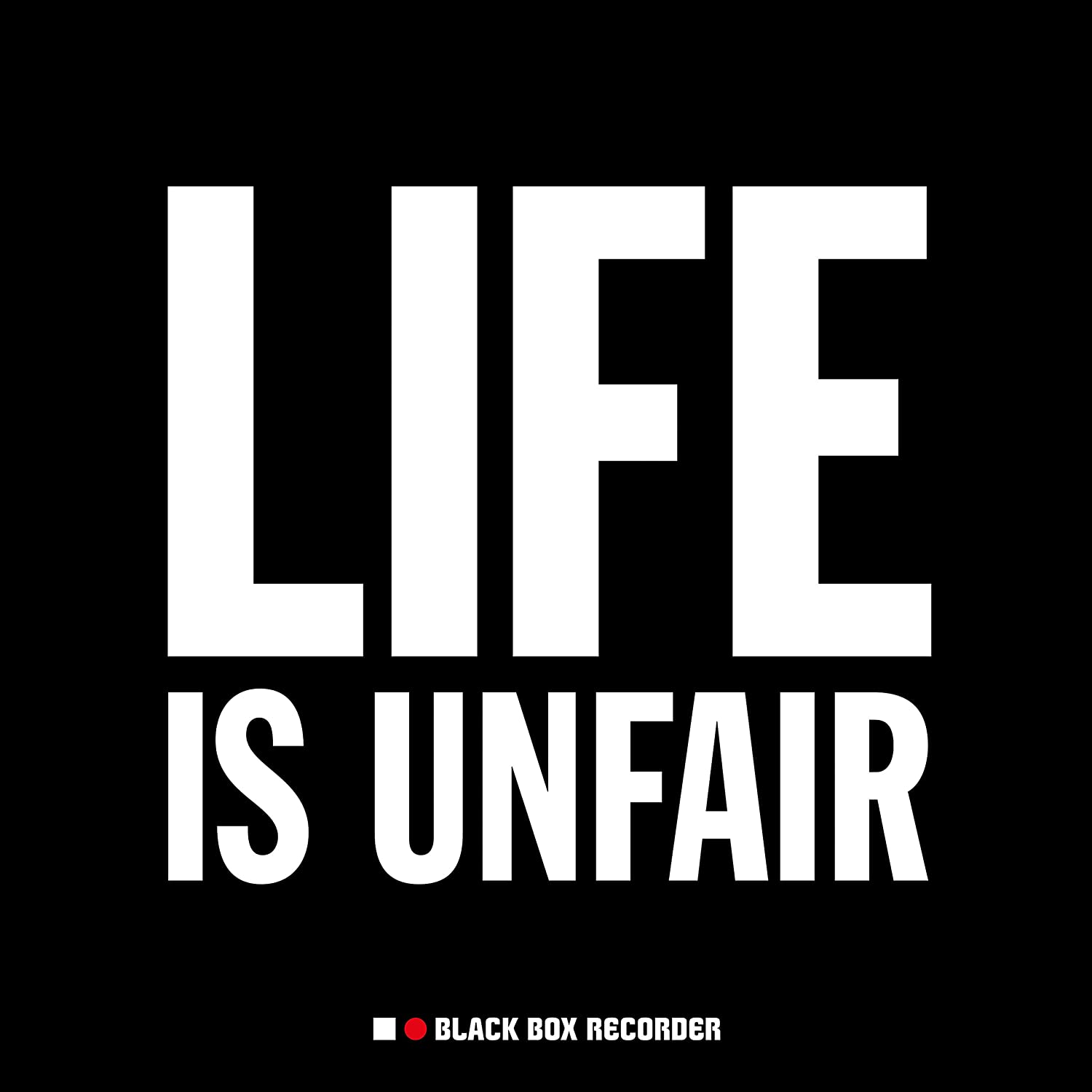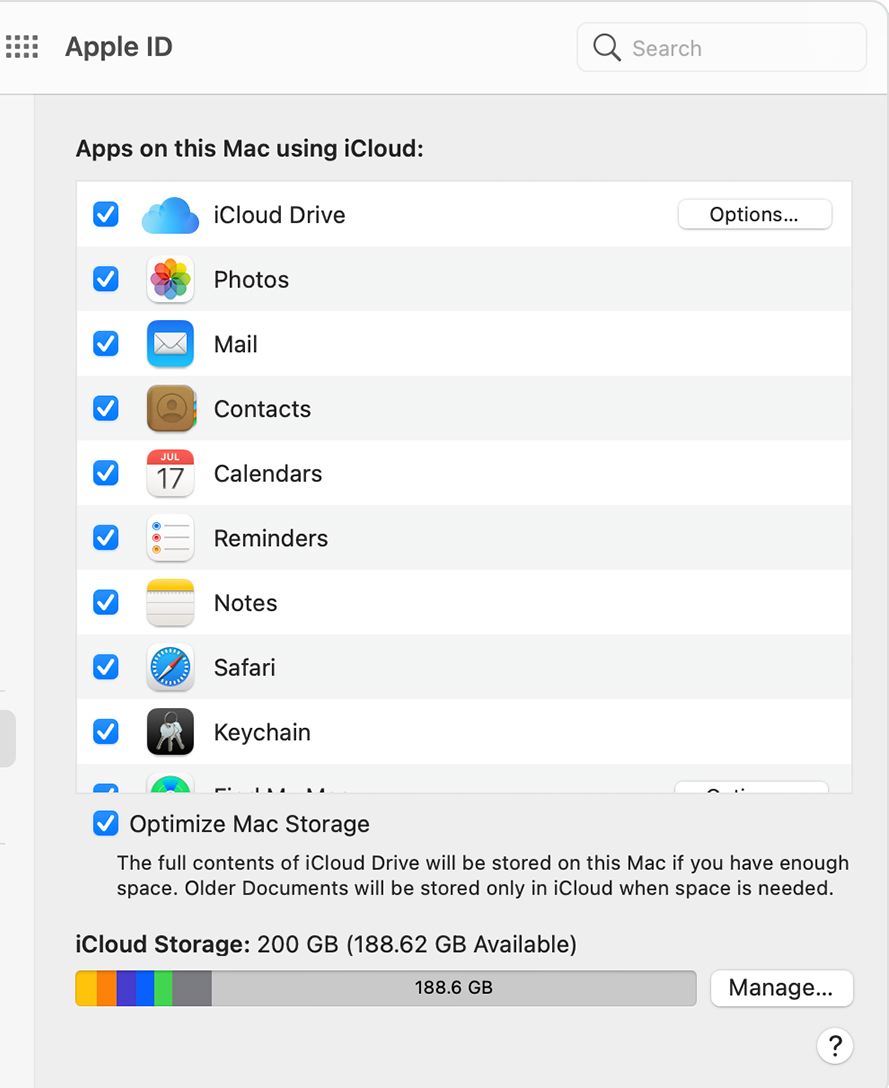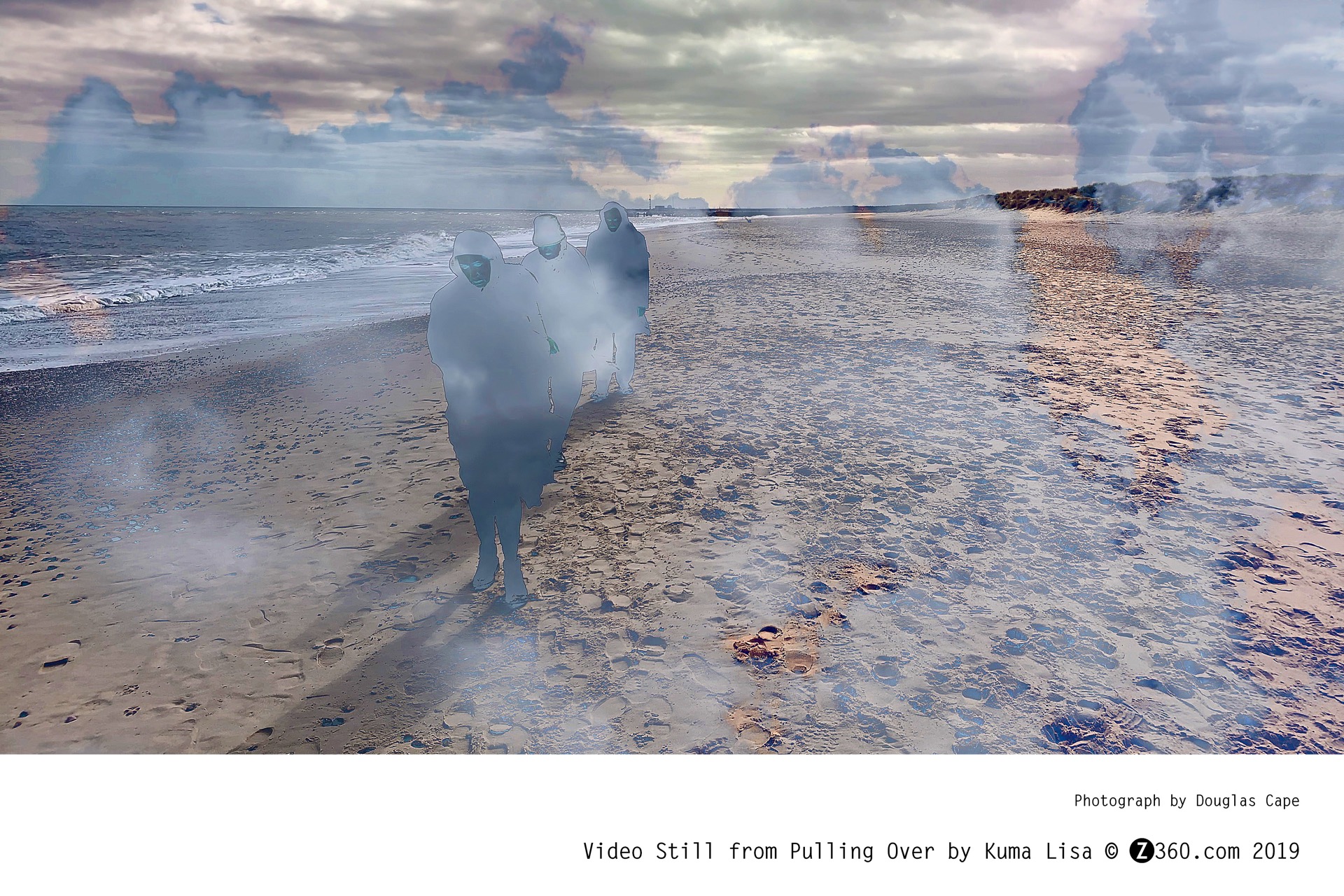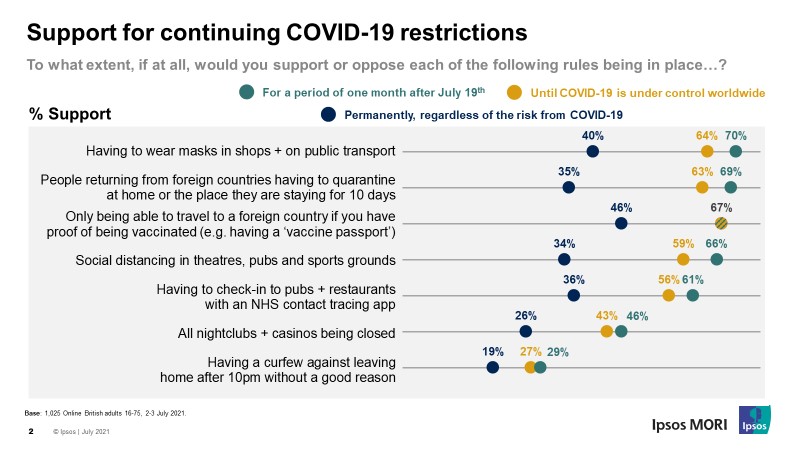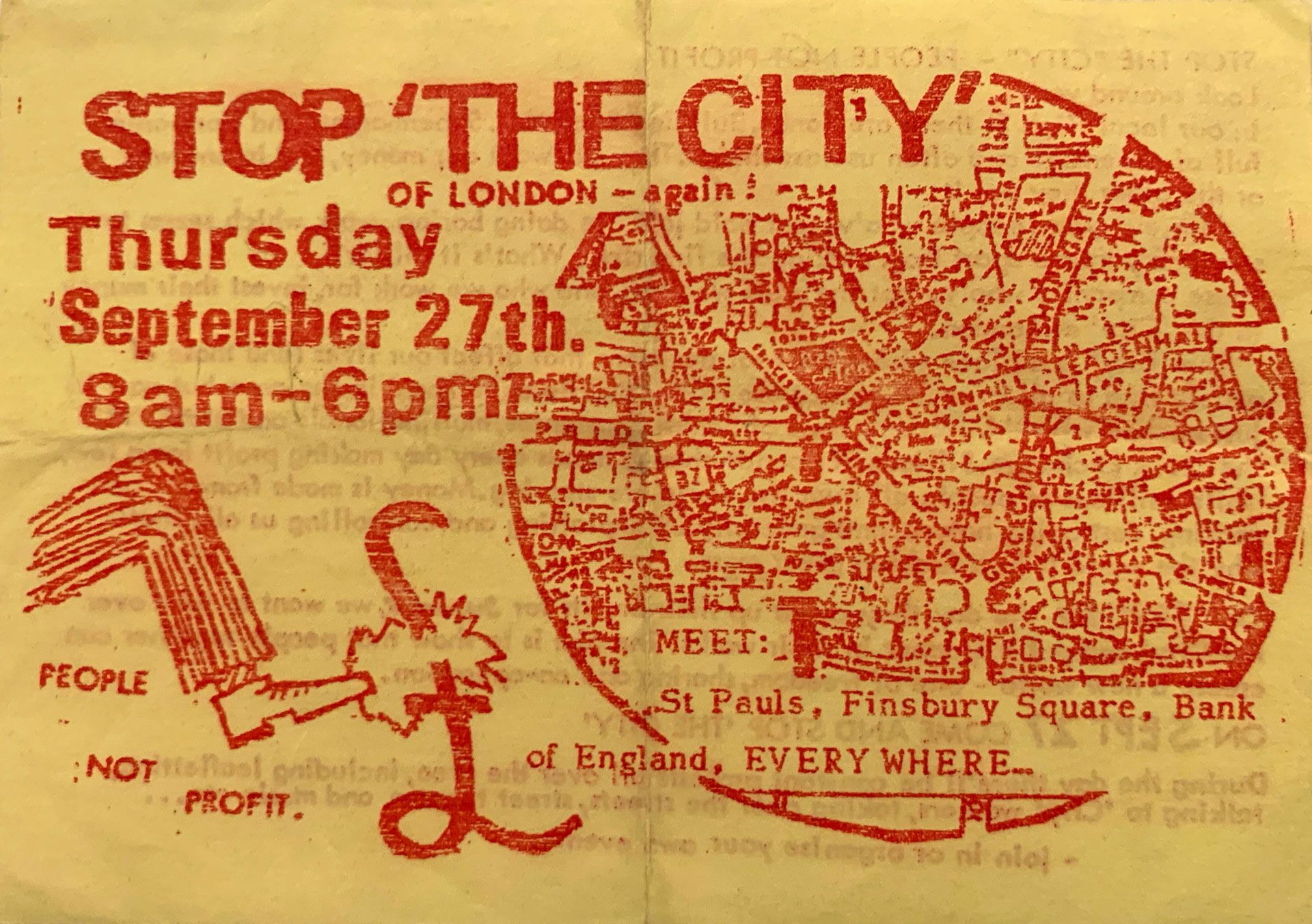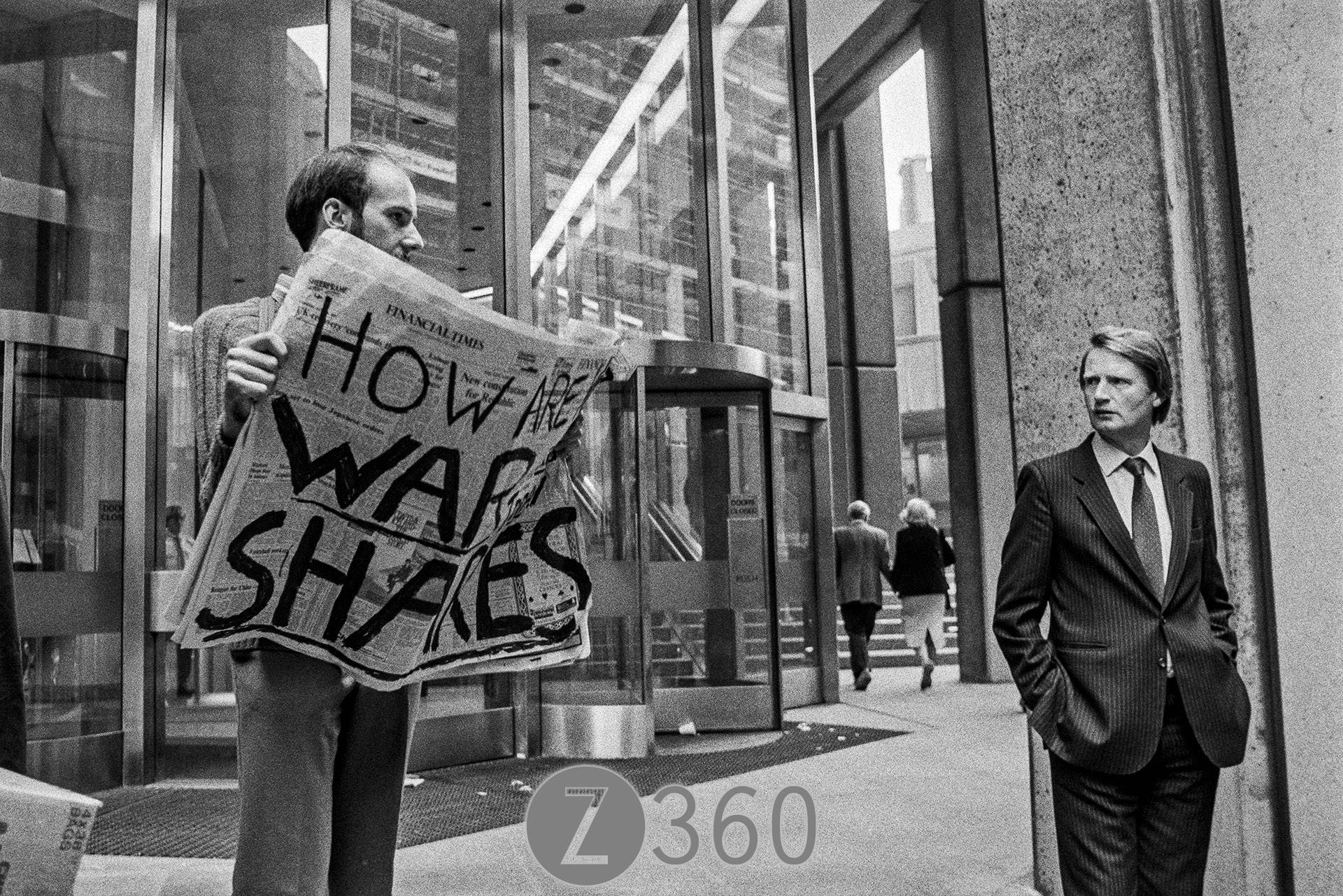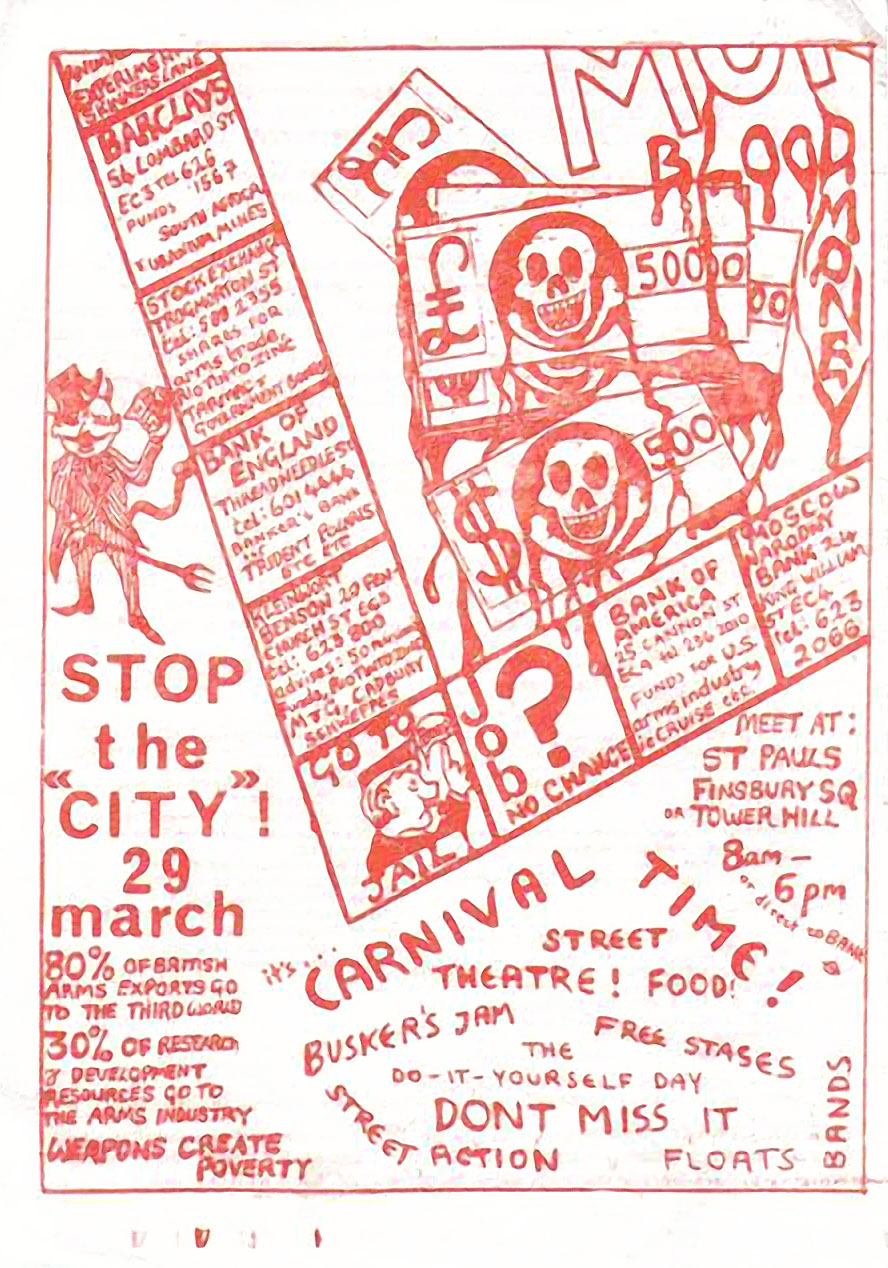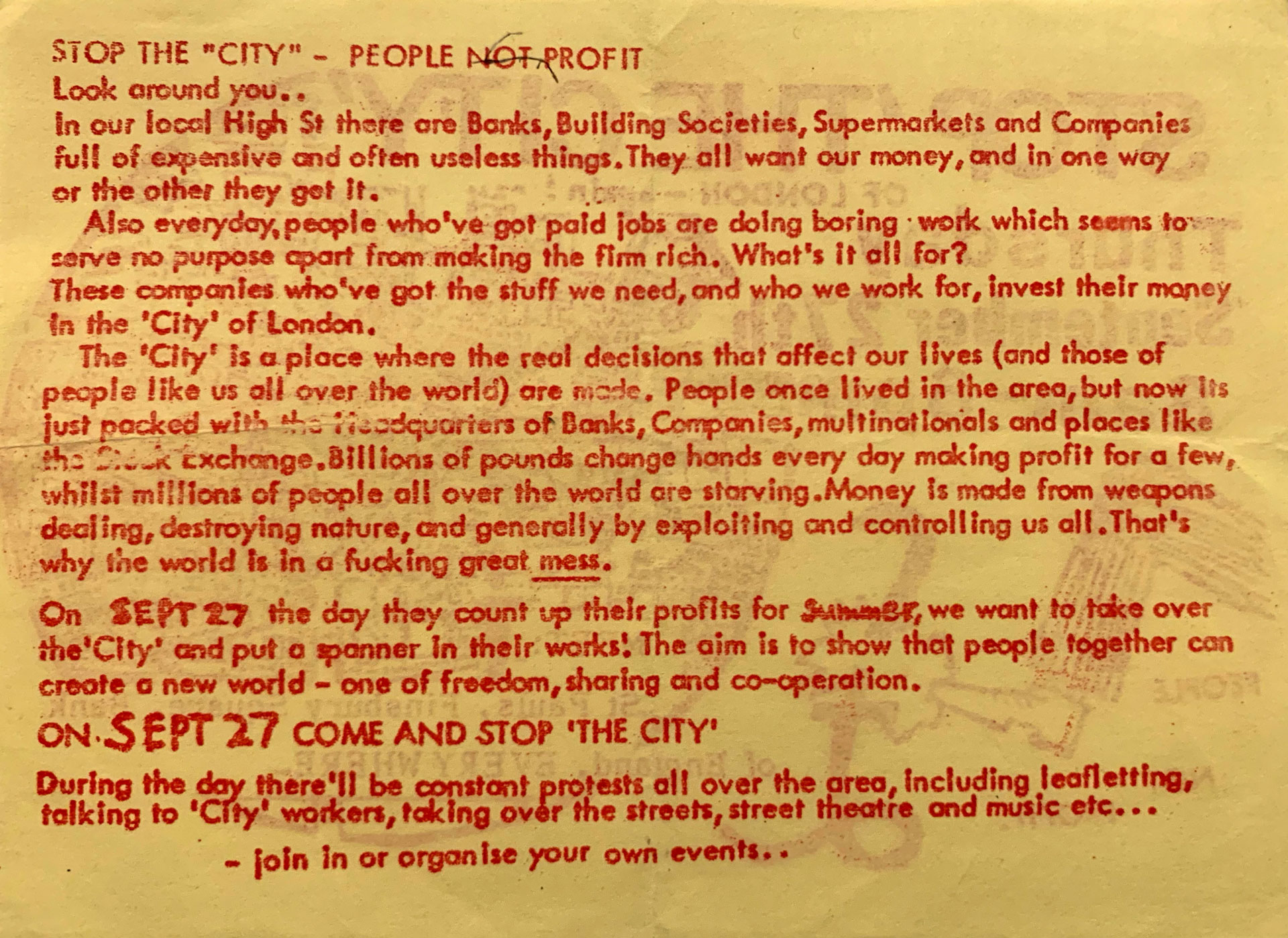I greatly enjoy reading musical biographies, they are usually informative and take you closer to the music. A really good one let’s you hear the voice of the composer, through quotes and interviews. They are are also quite surprising and strange, all these people are different and defined, usually working in a very specific and often quite mannered way. My favourite author at the moment has to be John F. Szwed, an American anthropology professor who really knows and loves music. His defining work is Space is the Place : The Lives and Times of Sun Ra, which explores of the life of Herman Blount (Sun Ra), despite his many attempts to conceal his real-life origins. The amount of research is staggering, yet Professor Szwed does not lose sight of the invented character Sun Ra became, revelling in both the fantasy life and unique music that was created by the Sun Ra Arkestra. He quotes, pays respect and provides a personal exegesis of the crazy life led by this man, always understanding when he can. In the other books I have read by him, Billie Holiday: The Musician and the Myth and So What: The Life of Miles Davis, he uses the latest biographical information to update the standard stories with many insights, never pandering to the accepted formula, while always accenting the musical development.
Many biographers simply tell the life story, they seem to forget the musical history. We all know that music can be difficult to write about, but the critical faculty appears to vacate many a biography. Hey, tell me why something – an album – is good and why we should love it, that is surely part of any good musical biography. I will mention here just 2 books which were really appalling: View from the Exterior by Alan Clayson about Serge Gainsbourg, so badly written and patronising I threw it across the room in anger. Then there is Hey Hi Hello by Annie Nightingale, a lovely DJ, who seemed to lack a sub-editor, never mind a fact checker, writing a cobbled together self-serving mess.
So maybe here I should tell you about a good English biography of Serge Gainsbourg, A Fistful Of Gitanes by Sylvie Simmons. She is herself a real music writer and part time musician, but her masterwork is surely I’m Your Man: The Life of Leonard Cohen. This great biography appears to have been written with the full participation of the subject, featuring many interviews, but does not seem cloying or hagiographic. It appears definitive, details all the music, all the scandal, that is all that I want. The same could be said for Different Every Time by Marcus O’Dair, the authorised biography of Robert Wyatt, and I also greatly enjoyed All Gates Open: The Story of Can by Rob Young and Irmin Schmidt. To mention a classic, Revolution in the Head: The Beatles Records and the Sixties by Ian MacDonald is fabulous, especially the “Introduction: Fabled Foursome, Disappearing Decade”, but it’s hardly a biography as such. Naturally I loved Bill Frisell, Beautiful Dreamer by Philip Watson, but it is a huge and detailed tome, so first you you have to know and love the music. In terms of general music books, two stand out, The Rest Is Noise – Listening to the 20th Century (2007) by Alex Ross and Improvisation – Its Nature and Practice in Music (1980, revised 1992) by Derek Bailey. For an interesting overview of popular music try Let’s Do It and Yeah Yeah Yeah by Bob Stanley. If you’re a fan of Soul music then the trilogy of Detroit 67, Memphis 68, Harlem 69 by Stuart Cosgrove are a fascinating read. For a more literary, poetic approach I recommend Coming Through Slaughter by Michael Ondaatje, an imagined life of Buddy Bolden in 1905 New Orleans.
Another interesting area is the ghost written biography, you are never quite sure who you are listening to, although they can be entertaining. Certainly Life by Keith Richards was better than expected, you can hear his voice and his love of the music. Also quite readable, if formulaic, are the Bruce Springsteen and Pete Townshend autobiographies. My own favourites include Morrissey (arch and selective), Tracey Thorn (honest and now local), Tony Visconti (Bolan and Bowie) and Cosey Fanni Tutti (proper artist). I also enjoyed Words Without Music by Philip Glass, a stranger journey than you might have imagined. Special mention should be given to Chronicles Volume 1 by Bob Dylan, fabulous chapters in a life, but not the whole story, so we await Volume 2, ha ha. For a truly eclectic and well written blog about music try The Blue Moment by Richard Williams, he knows everyone and is always interesting.
Alright, the greatest ever music biography has to be Really the Blues written by Mezz Mezzrow and Bernard Wolfe in 1946. This is the best because it is easily the first and written in a unique hip argot. It breaks all the rules since it is evidently ghost written and grossly exaggerated, by an average accompanist to the great Sidney Bechet. Nevertheless it contains all the musical fervour, the drugs and the polemic (re race) a funky biography requires. To realise this book was published in 1946 was a revelation, it predates On the Road by Jack Kerouac by more than 10 years, and is counter-cultural before the term existed. Eat your heart out Bukowski, and of course Tom Waits loves it. Even now this pre-beat book is forthright and hip, there is nothing new under the sun, folks.
Update 23/08/24
Just read Straight Life (1979), the autobiography of saxophonist Art Pepper (1925-1982). It is both vividly real and scarifying, even more so than “Really the Blues”. I thought I had already read this, since I followed and enjoyed Art’s music for many years, and even saw him at Ronnie Scott’s in the early 80s, but I was wrong. This nearly incredible story (rather full of drugs and jail) is both visceral and moving. It has been brilliantly edited by his wife, Laurie Pepper, incorporating many contradictory interviews from Art’s jazz contemporaries and family. It may not go into sufficient detail in terms of explaining the music, but as a portrayal of the brutal reality of a classic jazzman’s life, it is without peer. Highly recommended!
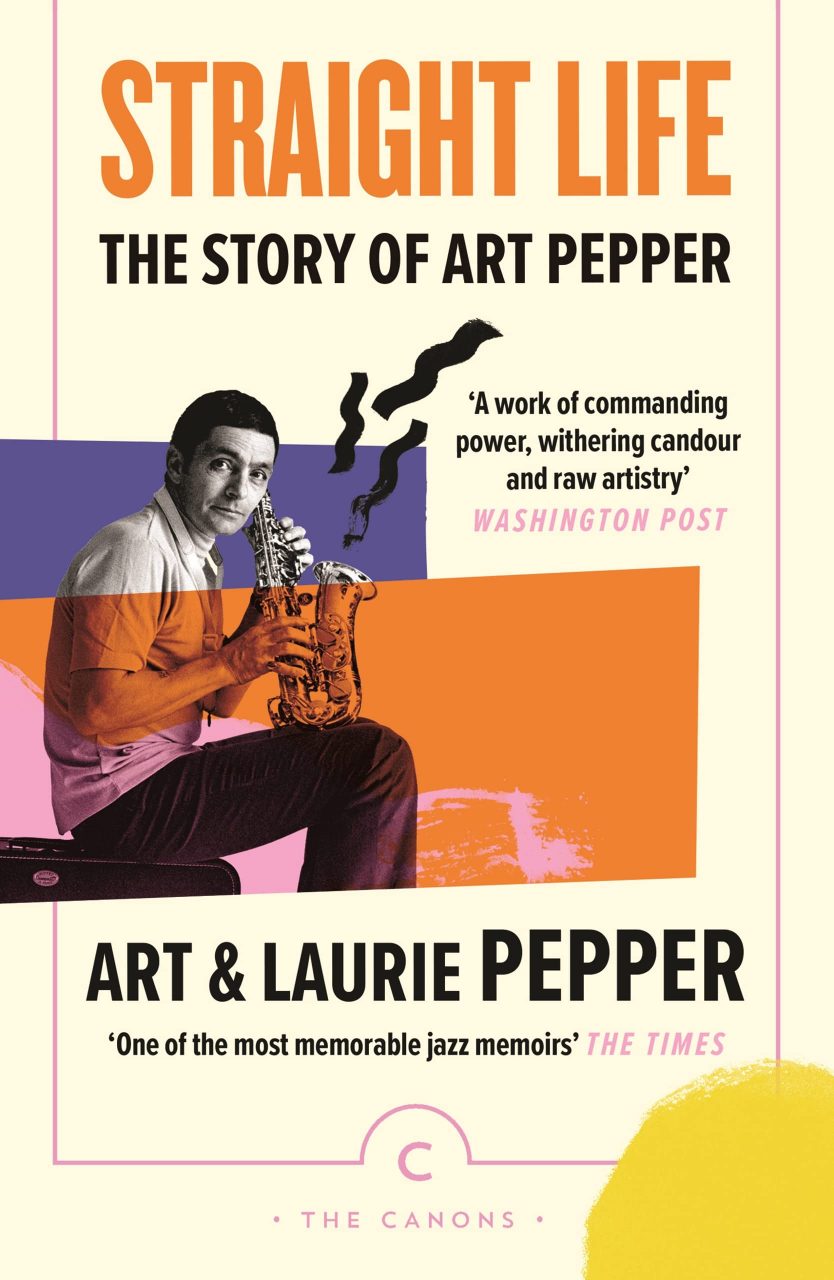
Update 03/03/25
The greatest world music book ever written, although not a biography as such, is indubitably And The Roots of Rhythm Remain: A Journey Through Global Music by Joe Boyd. He was there, helped produce it (Fairport Convention, Pink Floyd, The Incredible String Band, Nico, Vashti Bunyan, John Martyn, Nick Drake, then later Toots and The Maytals, Defunkt, R.E.M., Ketama, Toumani Diabaté, Ivo Papasov, Jazz Jamaica, Kate & Anna McGarrigle) and knows not only the singers and dancers, but the politics, history and global culture which made the music. He founded the record label Hannibal and also wrote an autobiography White Bicycles – Making Music in the 1960s. There is a revelation on nearly every page of the huge, masterly tome The Roots of Rhythm, so dip in at random!
